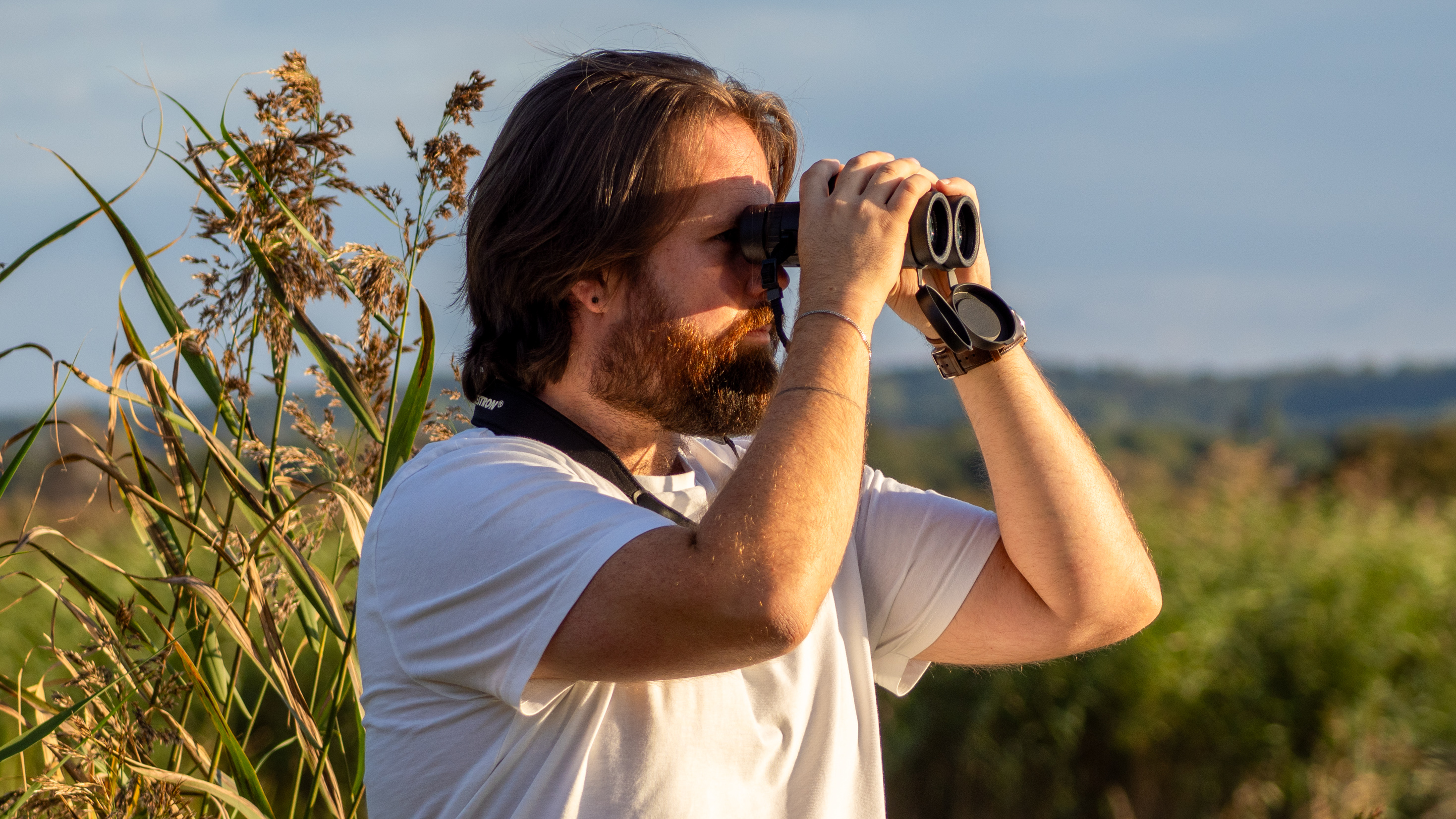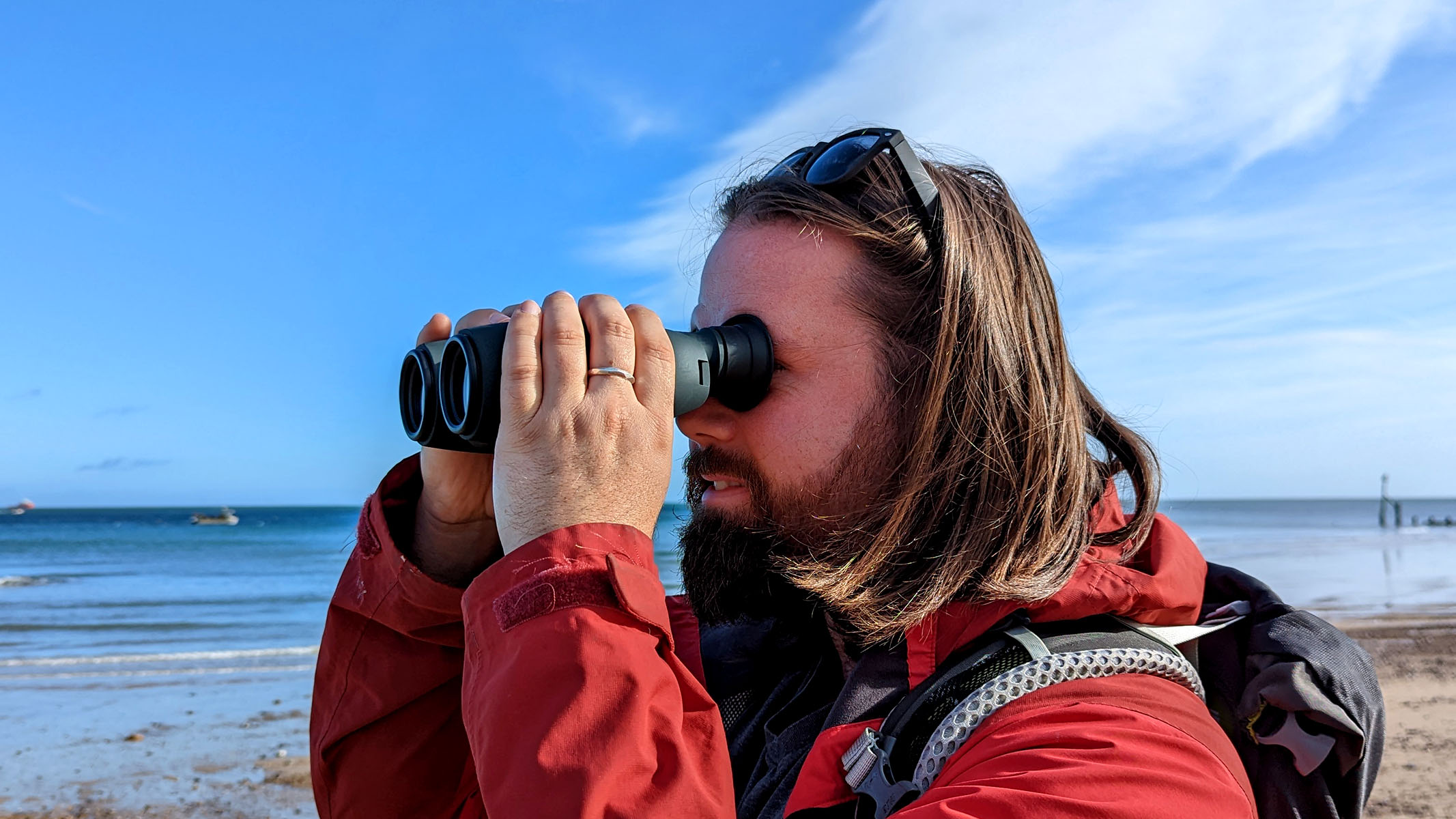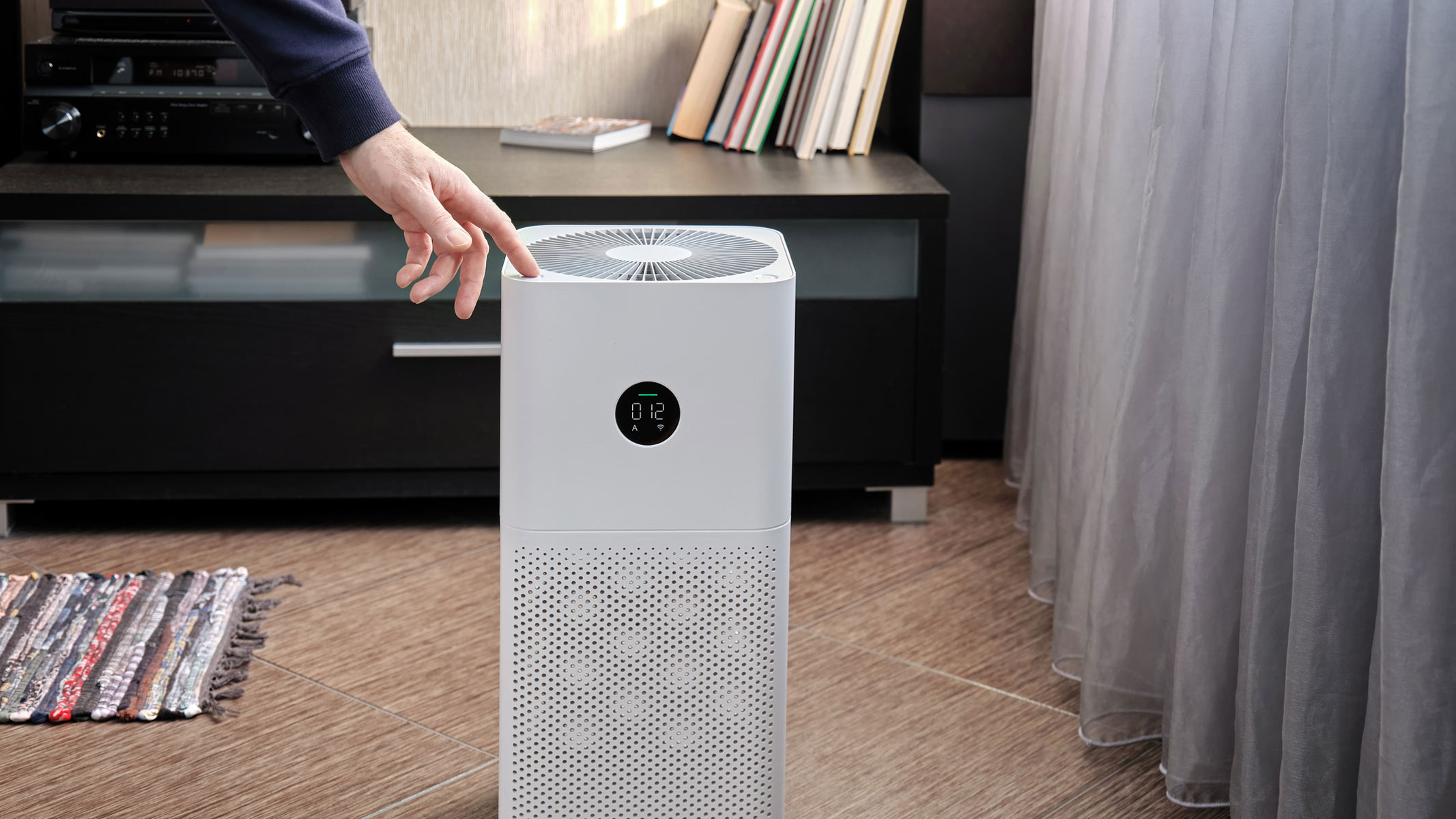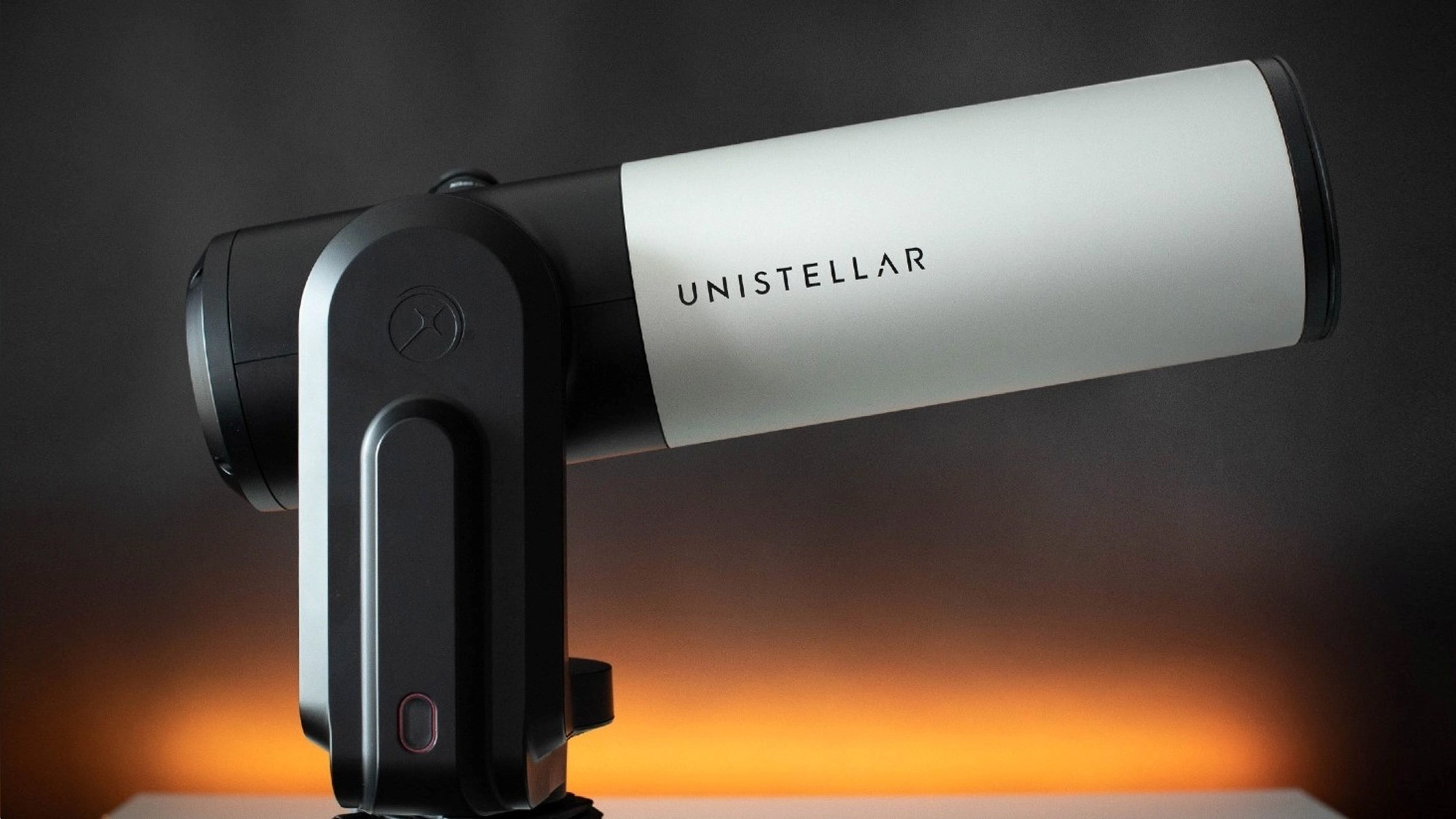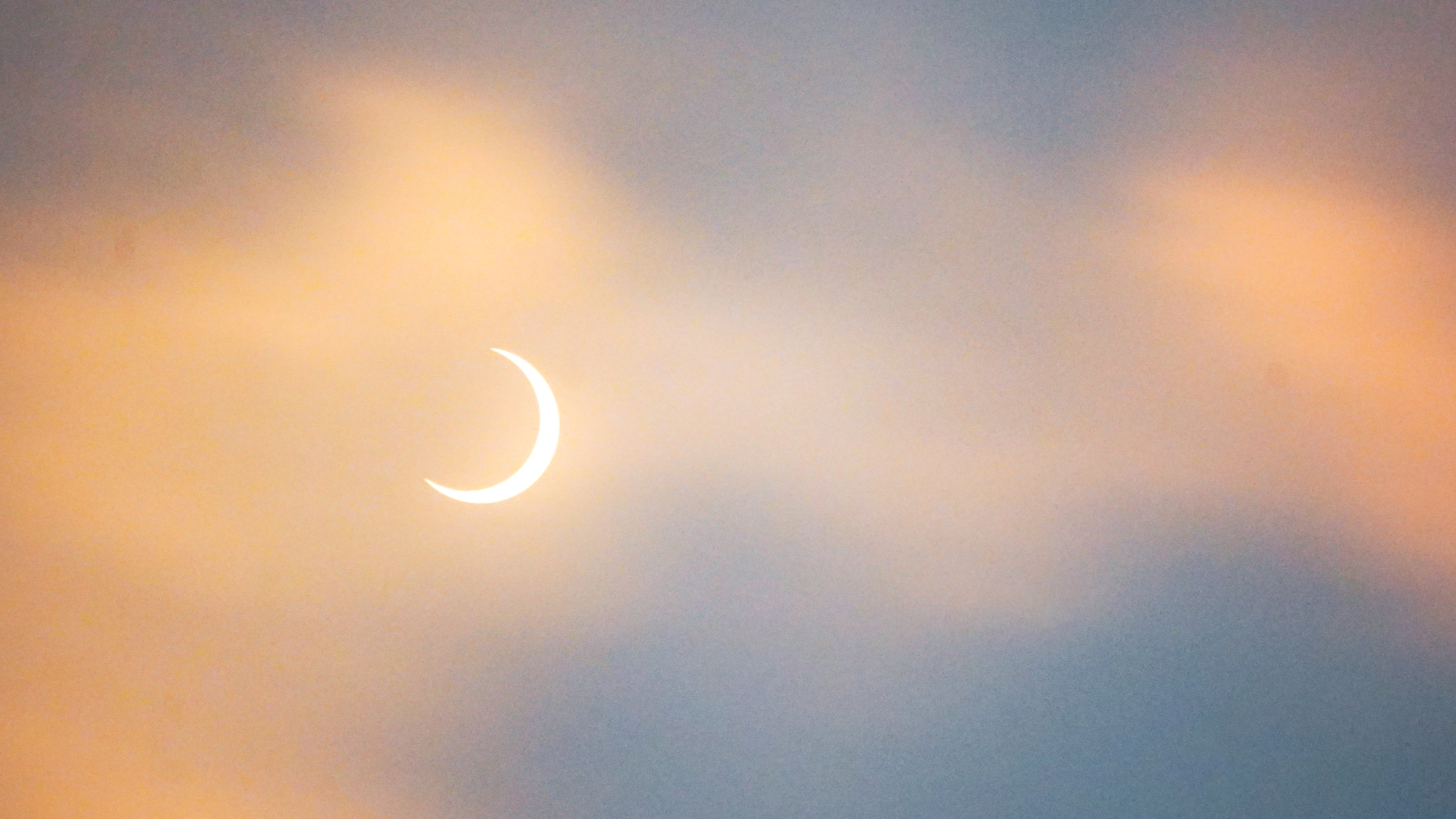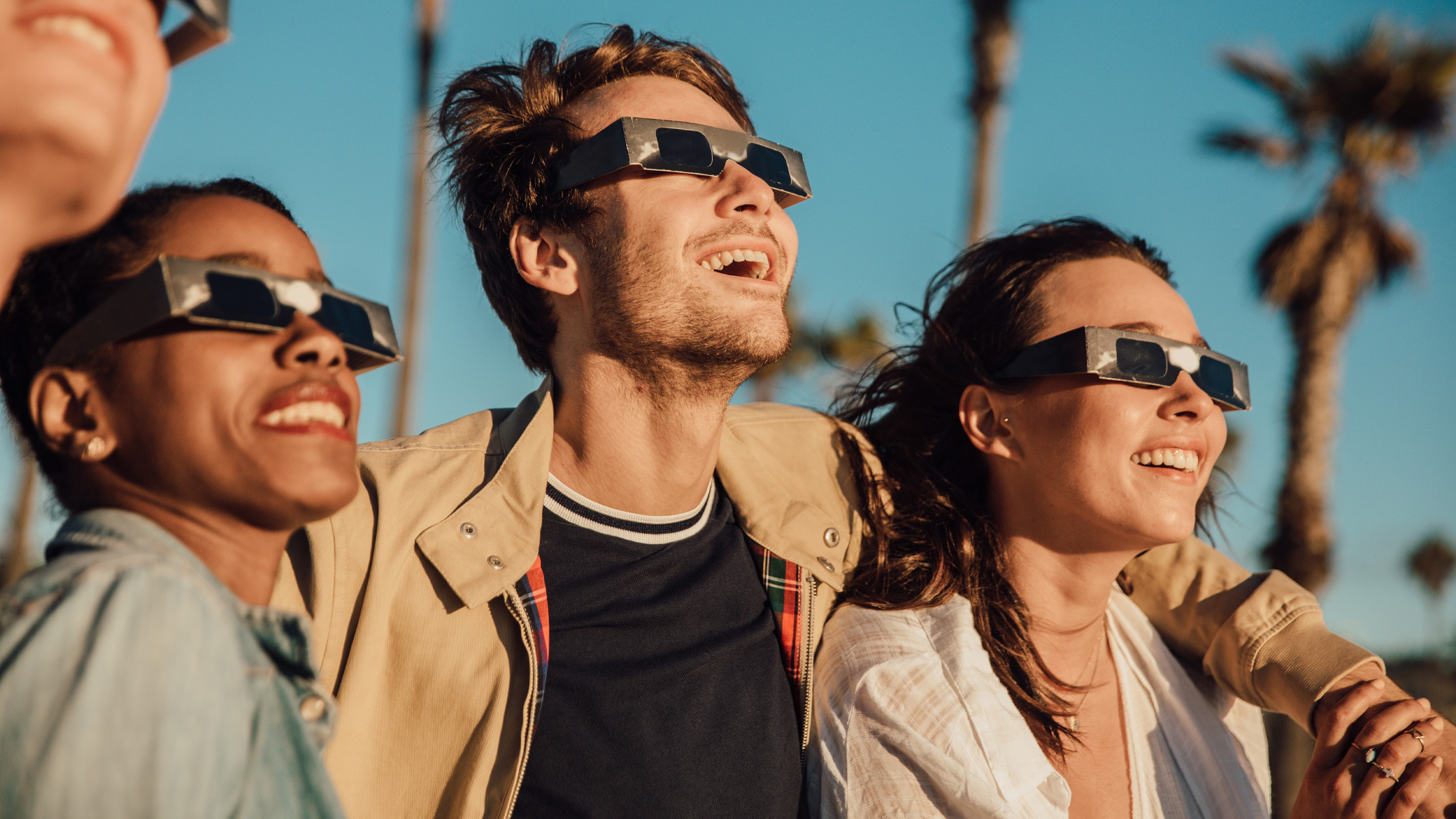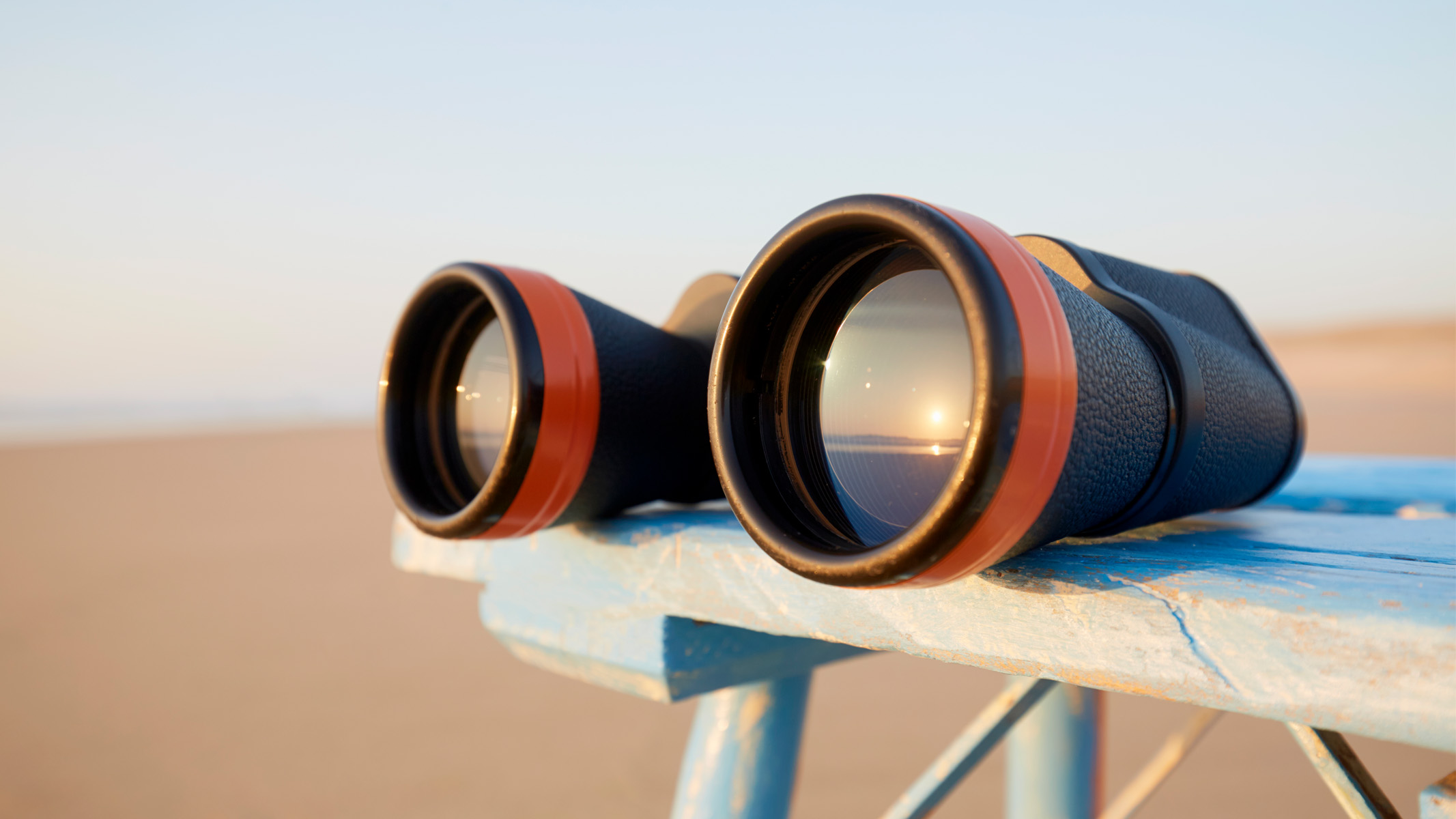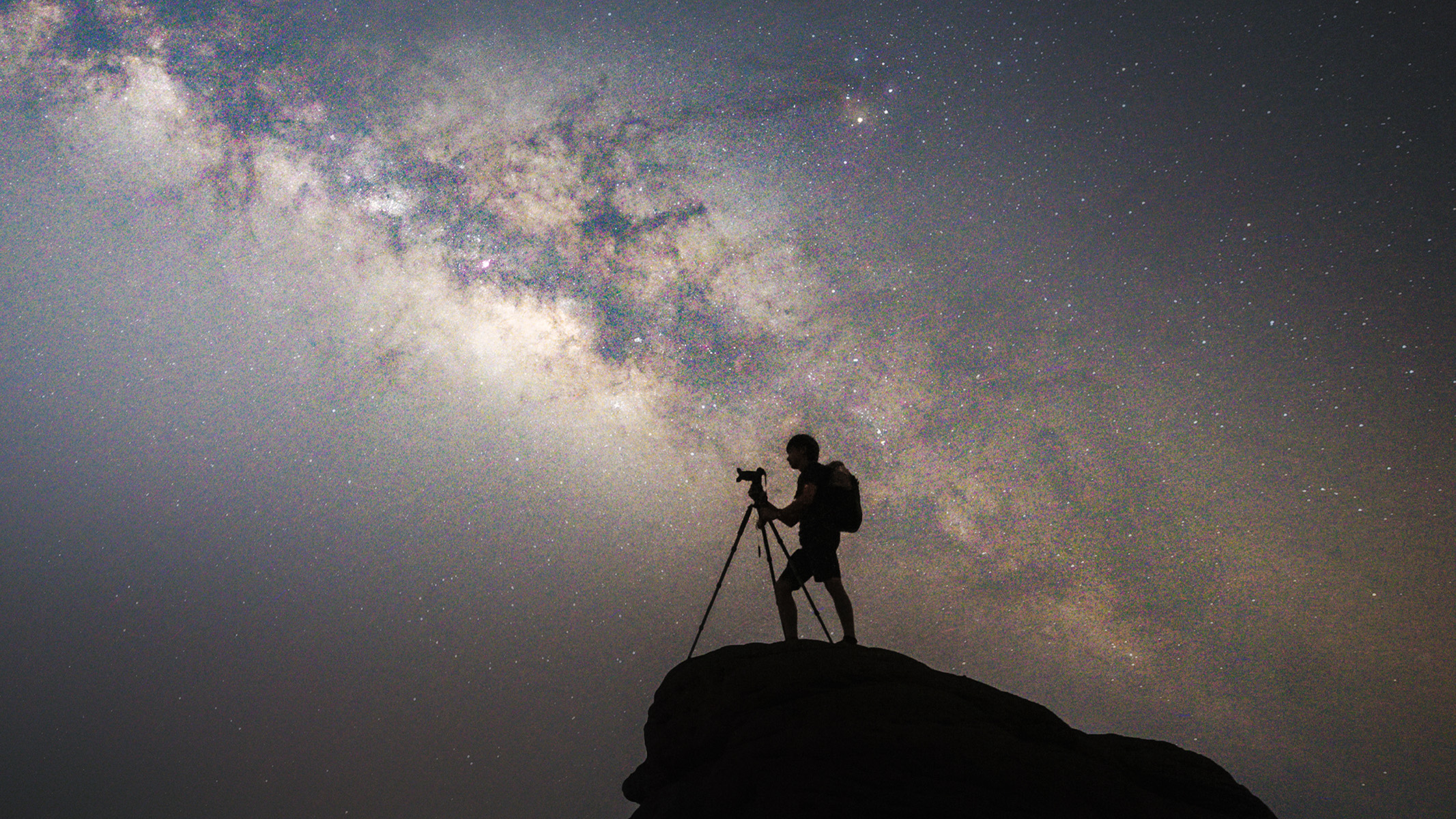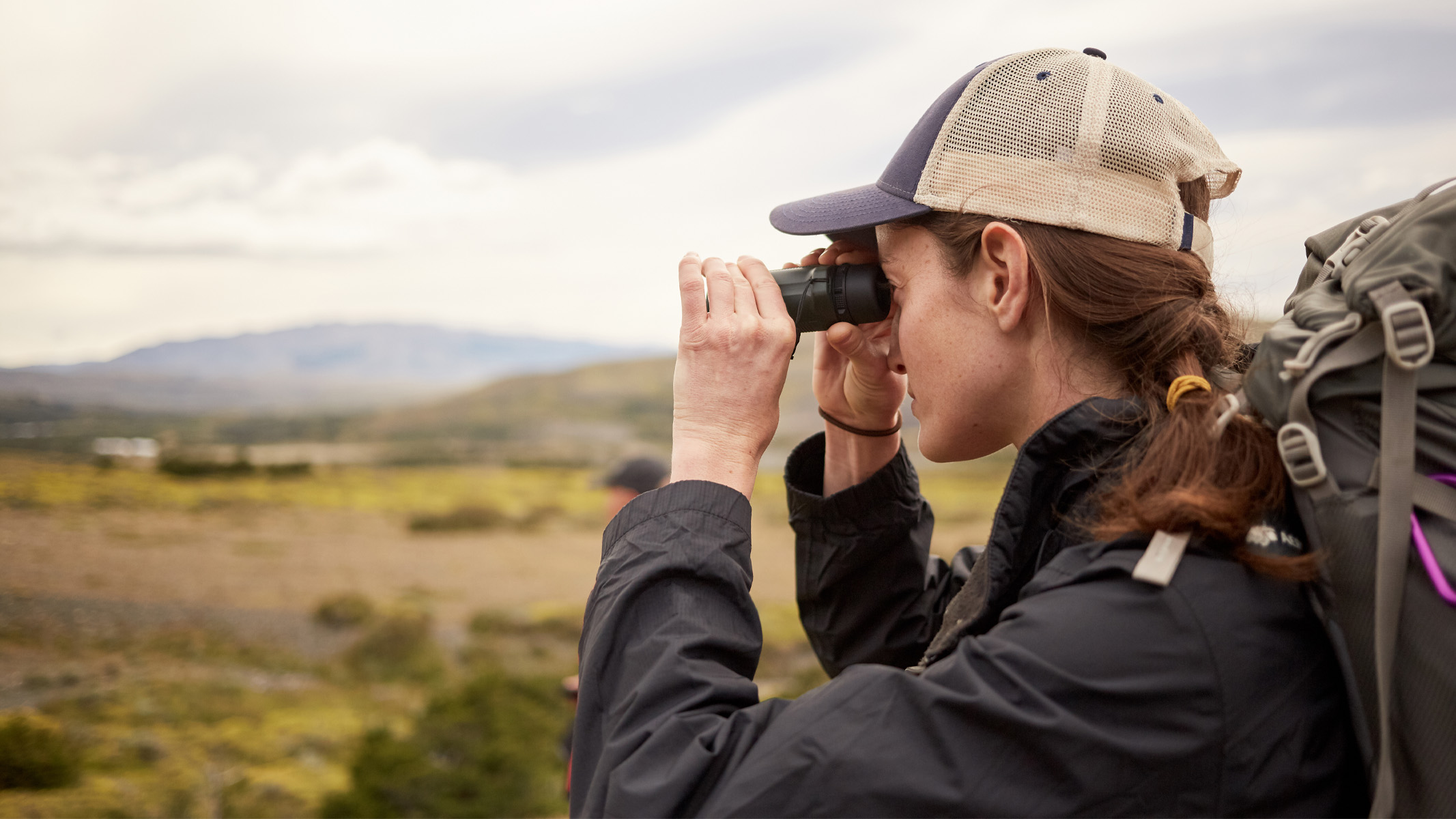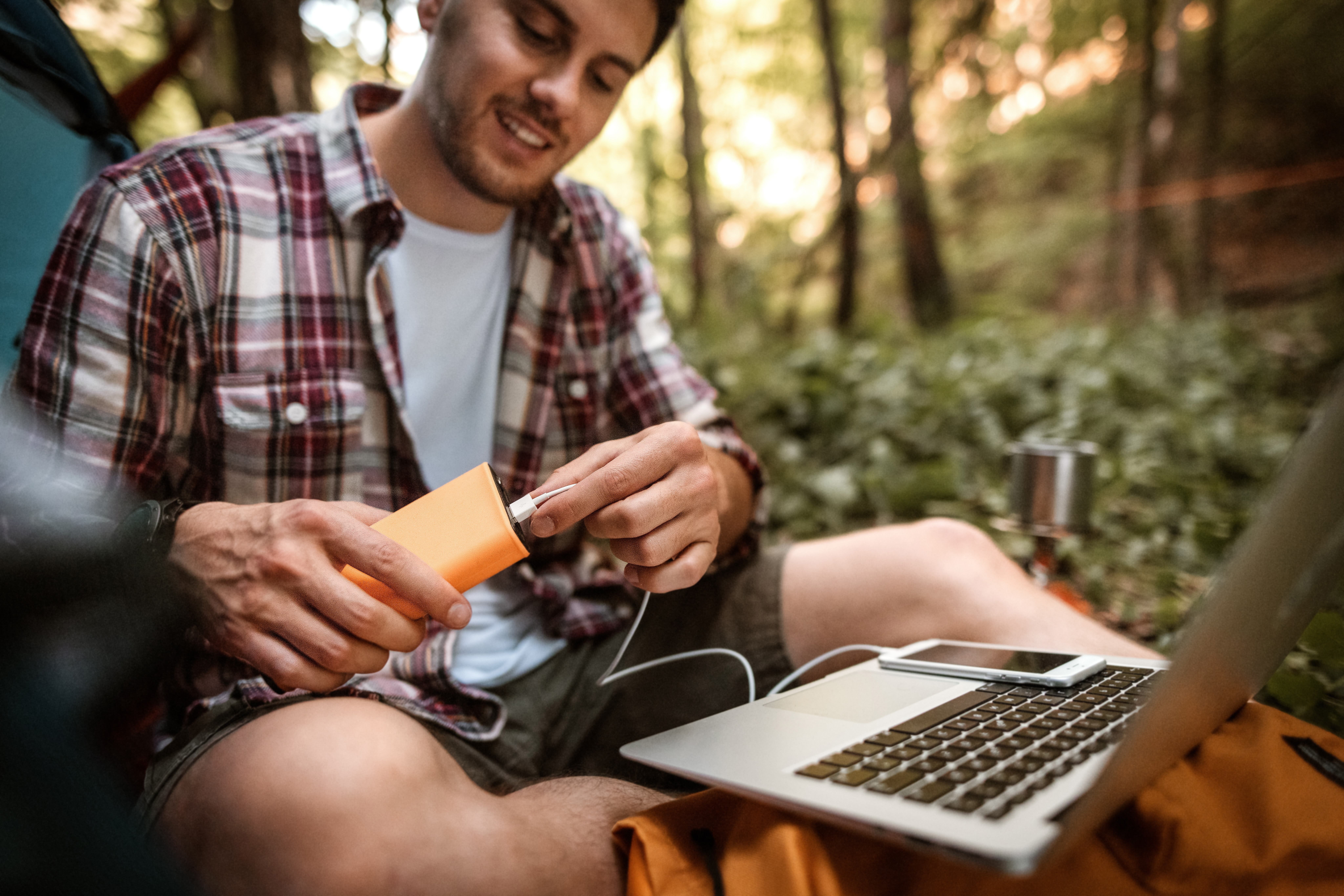Best compact binoculars 2025: Pocket-friendly optics for the great outdoors
The best compact binoculars are small and lightweight in size, but mighty in optical performance and portability. These are our top pocketable picks.
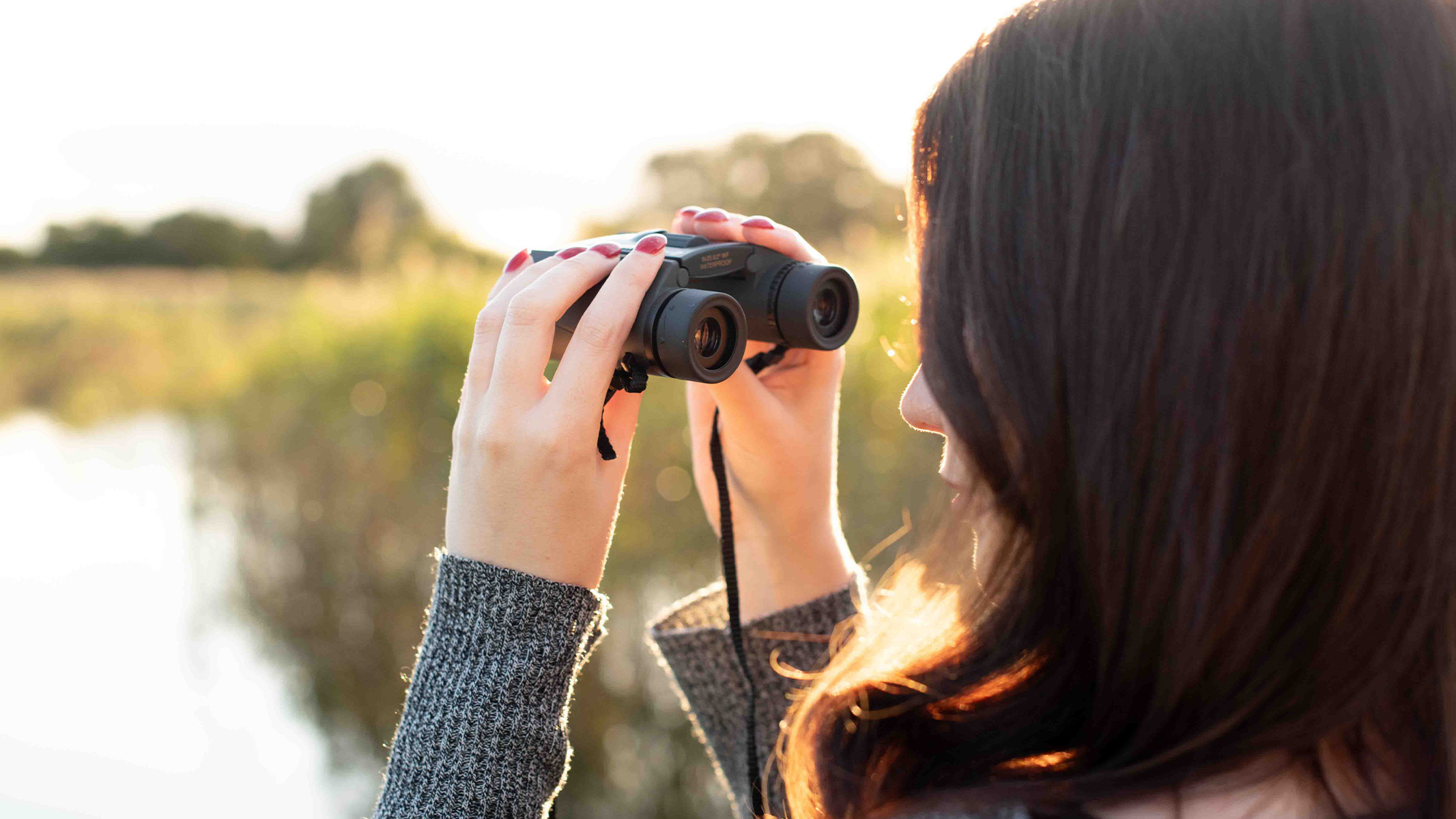
Binoculars are a fantastic way to get a closer look at the wonders of the natural world, but large, heavy optics can put people off. Some of the best binoculars can be pretty hefty, but there are plenty of small, lightweight binoculars that are ideal for slipping into your coat pocket or packing into your backpack for hikes, camping trips and family vacations.
Like many of the best binoculars for birdwatching, these compact binoculars are designed to be travel-friendly and easy to carry in your bag while still providing clear and detailed optical performance. The best binoculars for stargazing, however, tend to be bigger and heavier to let in more light.
The quick list
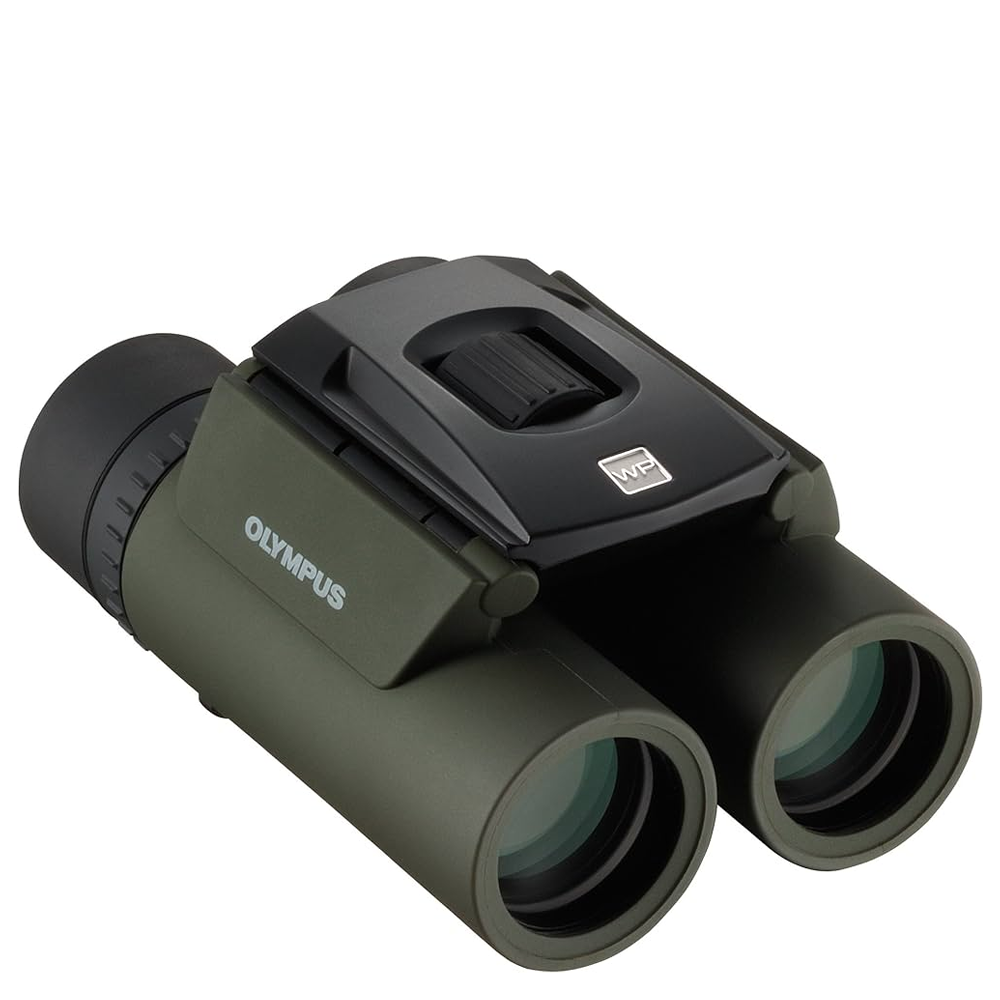
Best overall
Impressive optics in a compact package and reasonably priced — what's not to like?
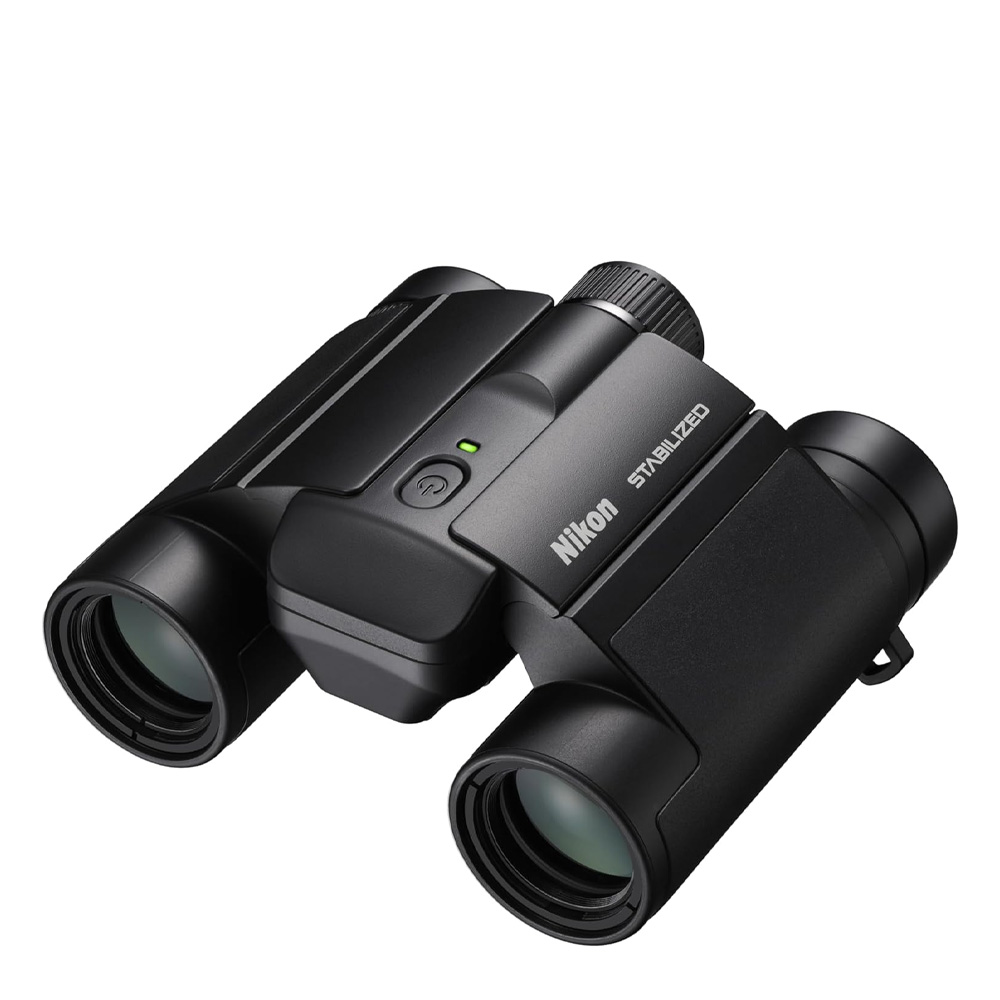
Best image-stabilized
These tiny image-stabilized binoculars deliver outstanding image with shake-free views.
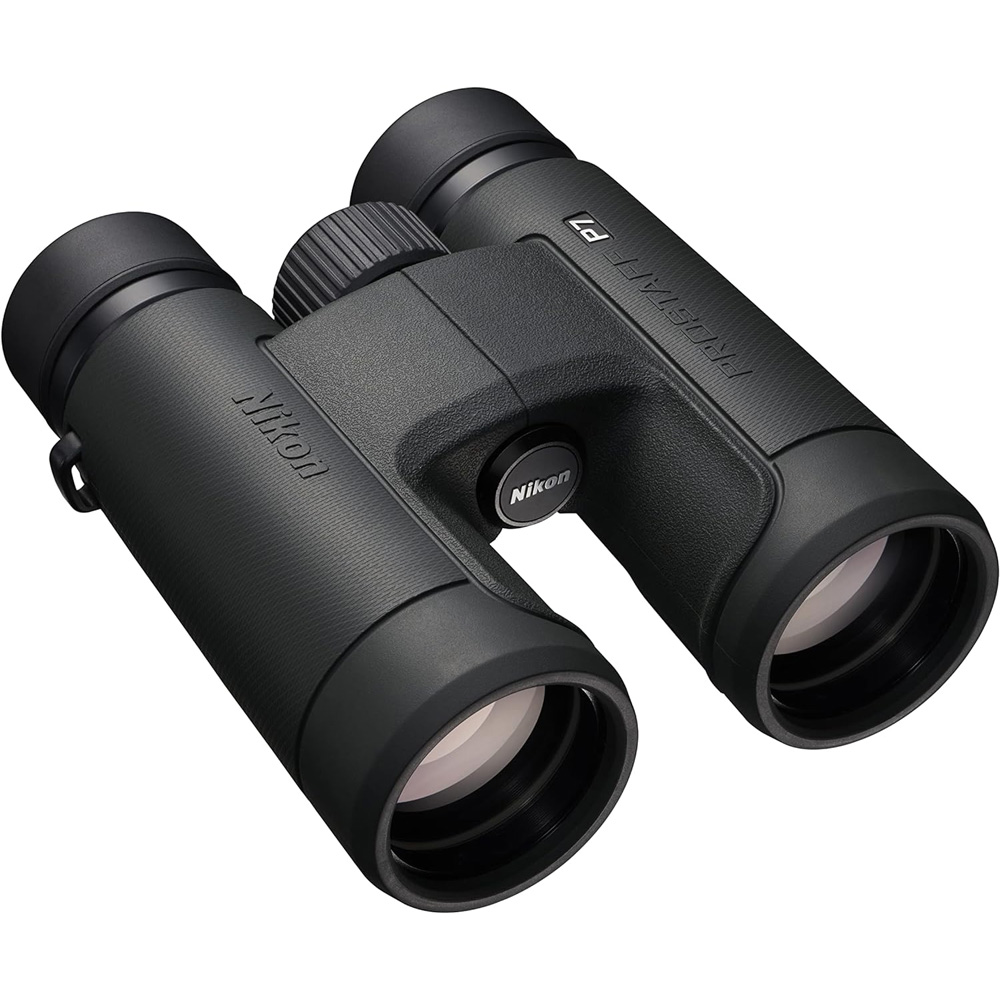
Best for stargazing
These 10x42s from Nikon are fantastic for general handheld stargazing in a small package.
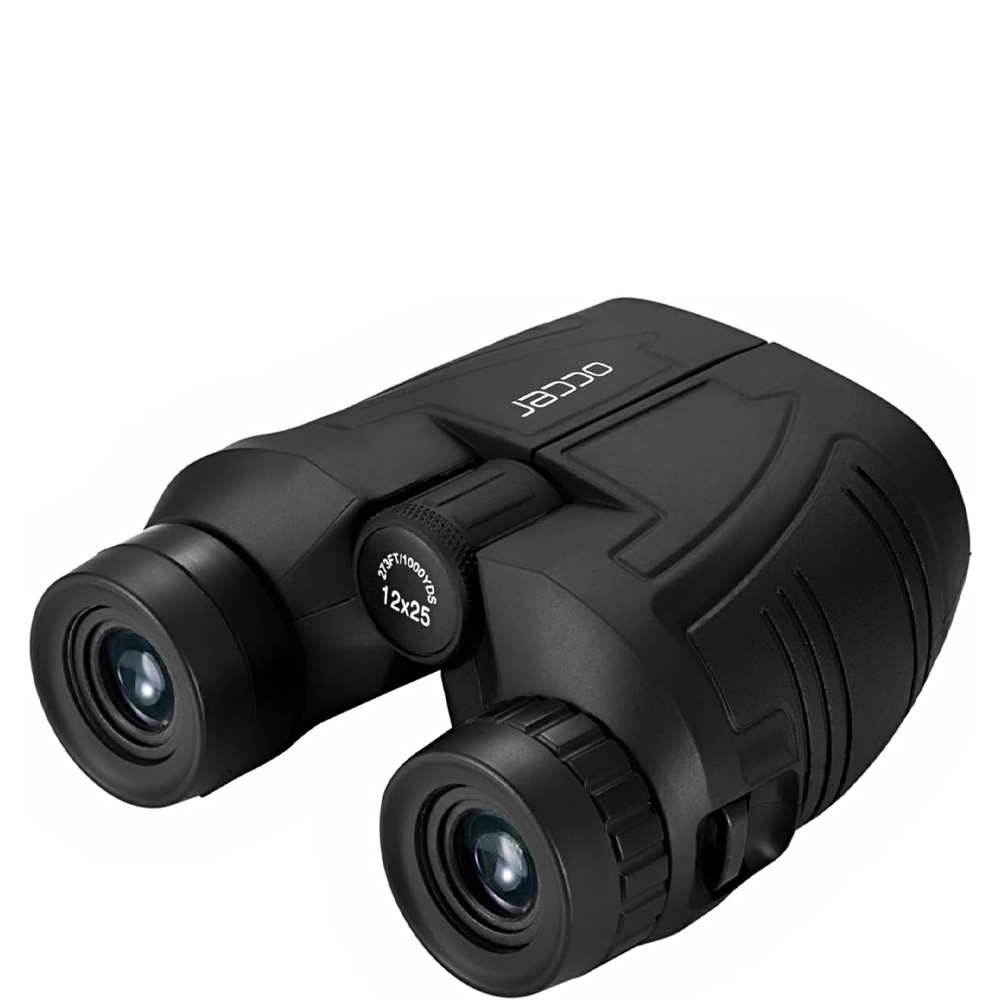
Best for kids
A very affordable binocular that kids and the whole family can appreciate on hikes and camping trips.
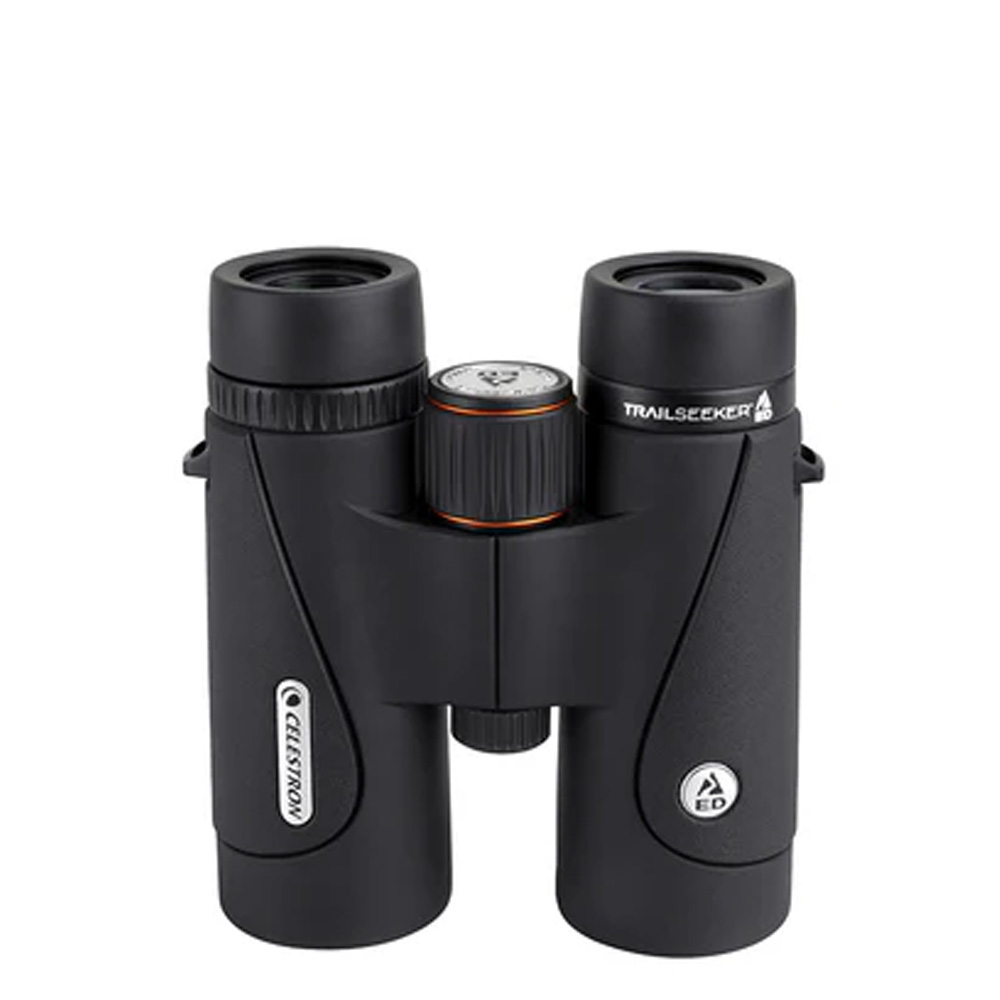
Best midrange
With ED glass, these midrange compact binoculars are a fantastic pick if you're upgrading from your beginner pair.
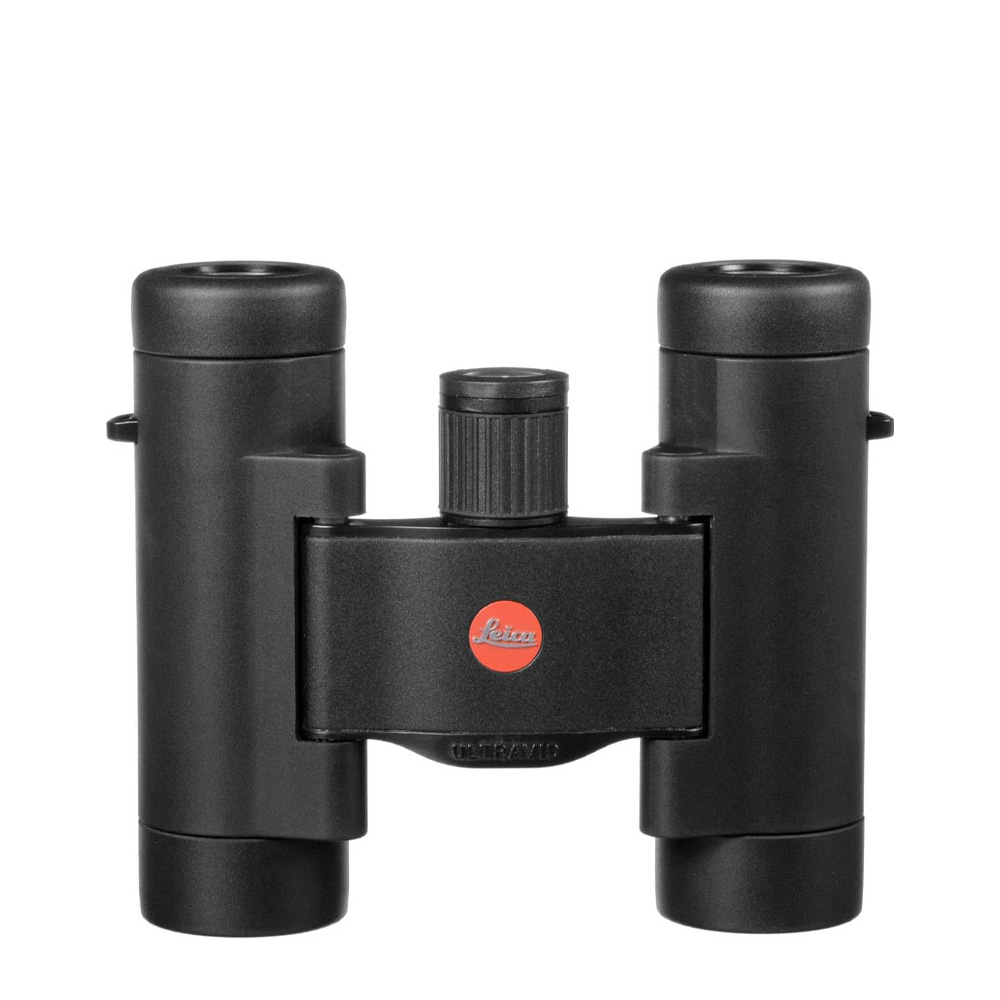
Best premium
If you want the best optics, the answer is Leica. They're not cheap, but they're worth it.
The best compact binoculars we recommend in 2025
Why you can trust Live Science
Best overall
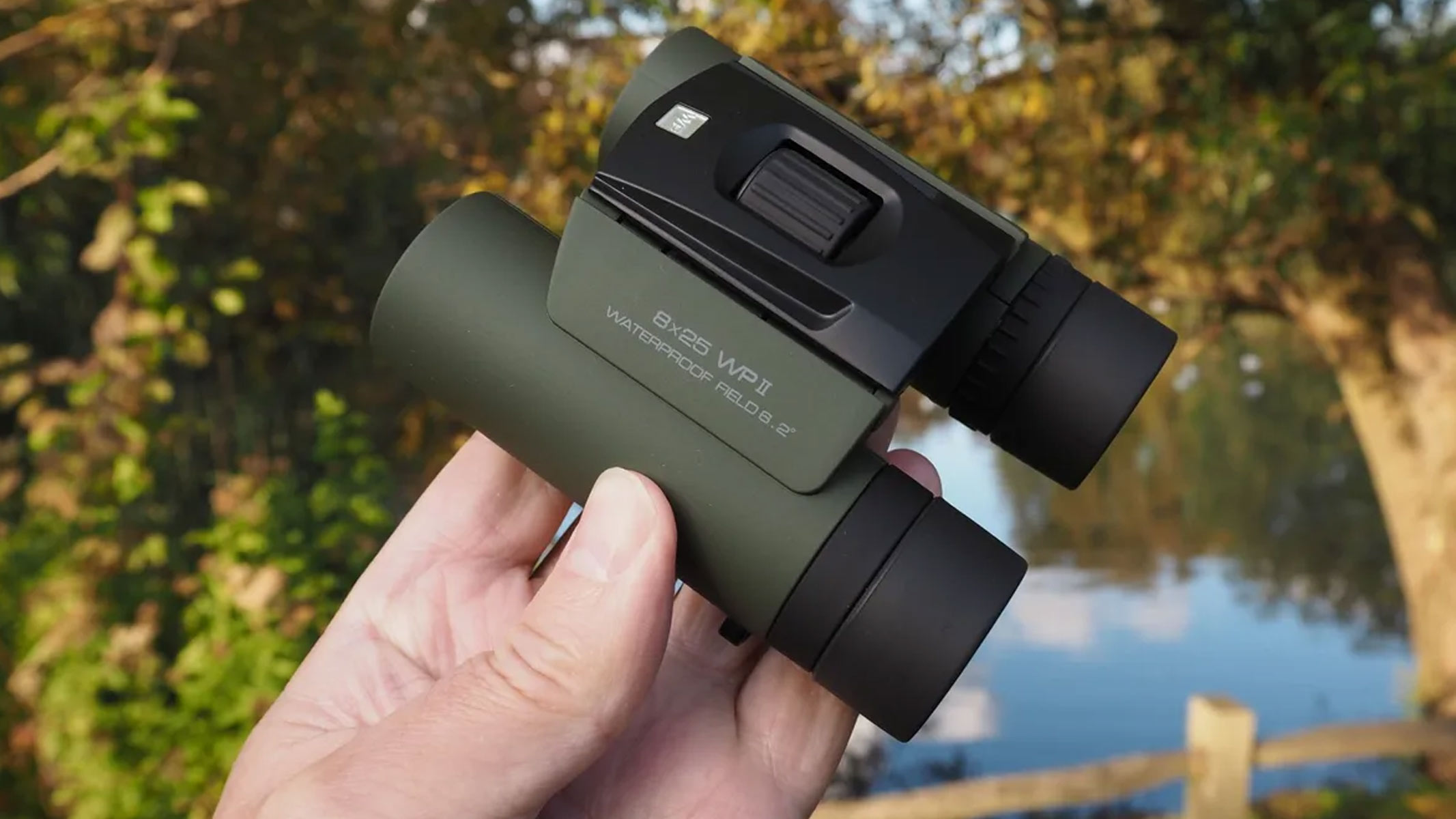
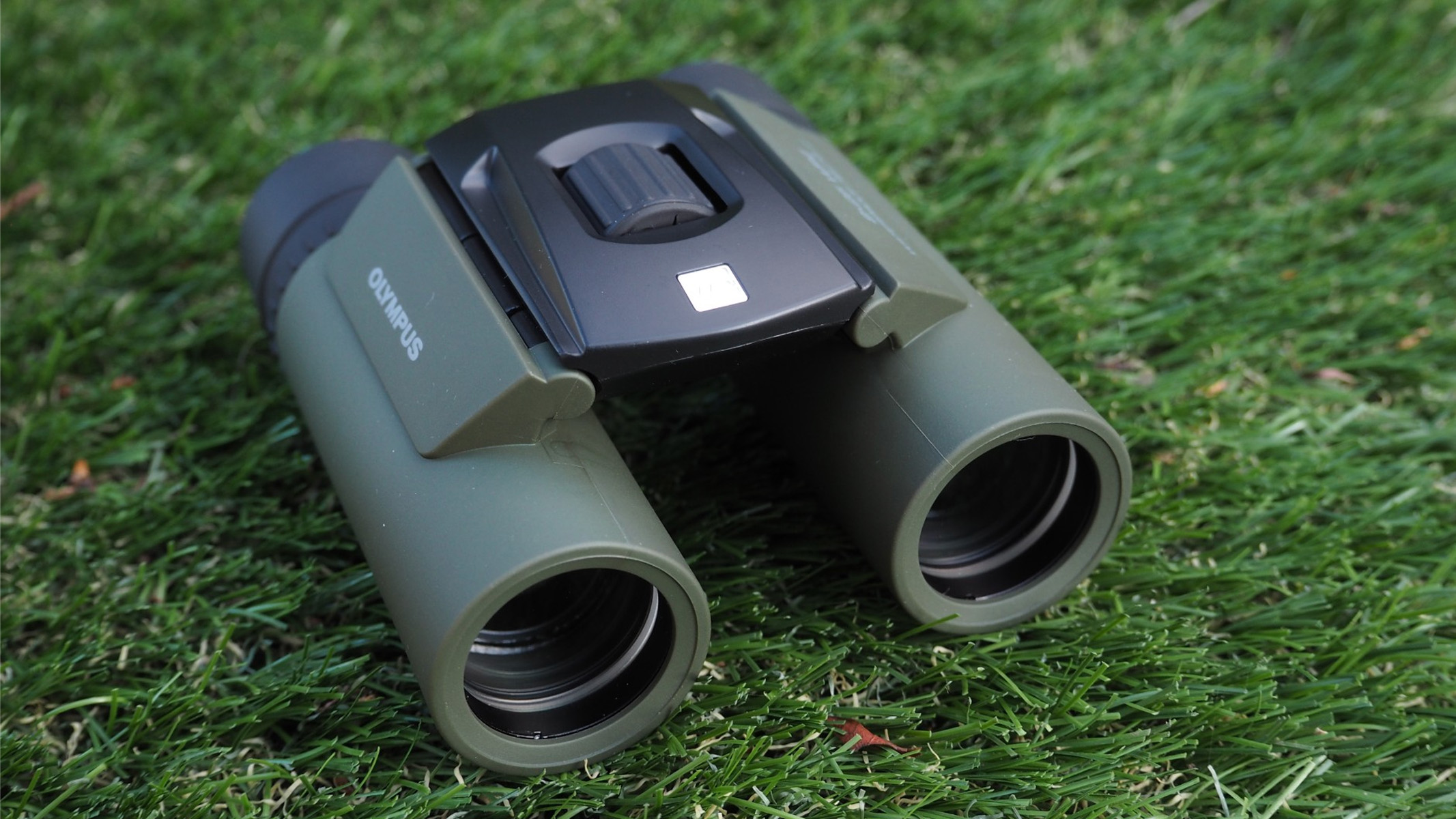
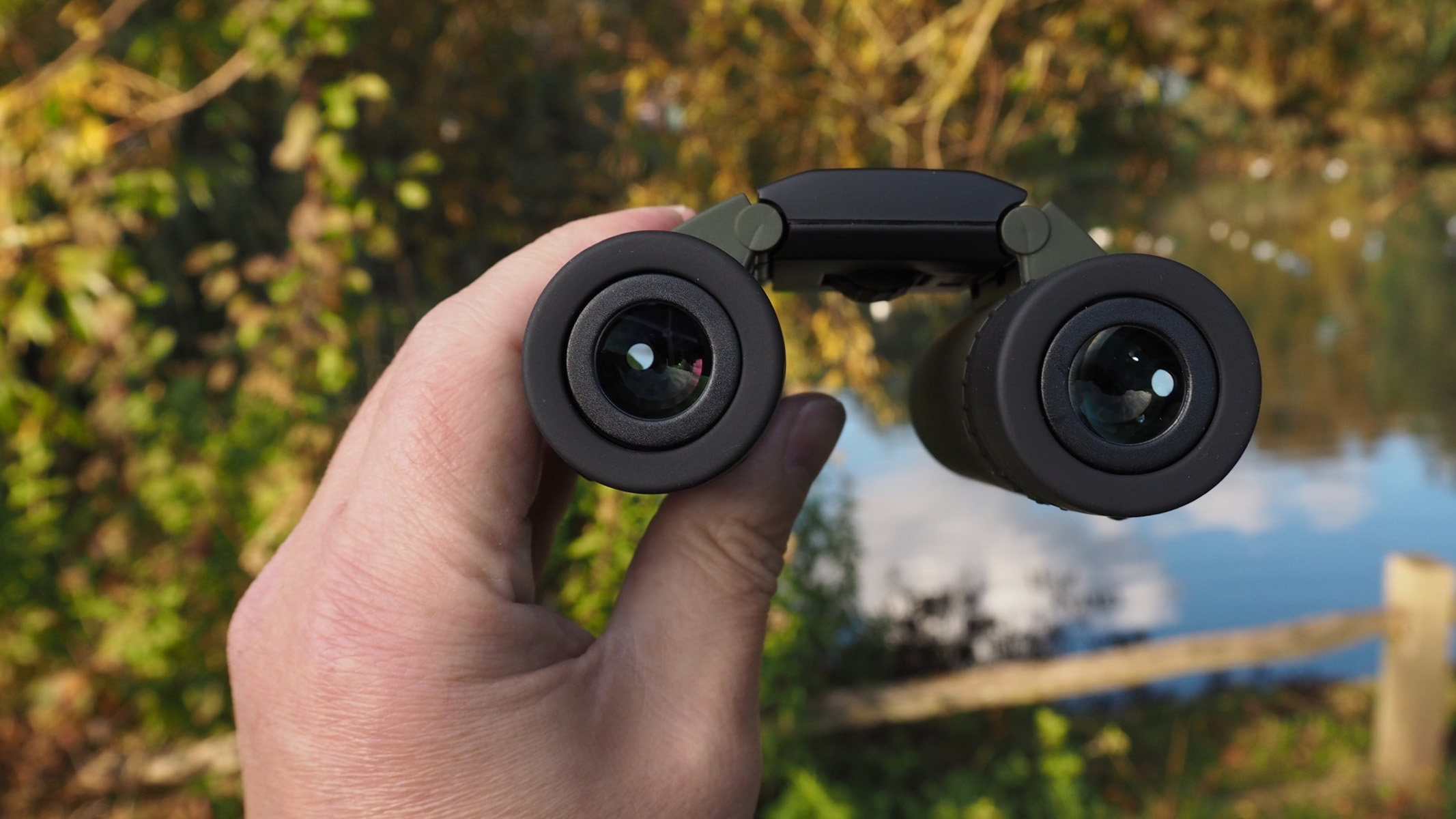
Specifications
Reasons to buy
Reasons to avoid
✅ You need waterproof binoculars: They're ideal for wildlife observation in wet weather.
✅ You want good value for money: For what they are, they're very reasonably priced.
❌ You want to use them in low light: The small objective lens isn't ideal for low light observation.
❌ You want more magnification: There are some models on this list with 10x or 12x.
🔎 Olympus 8x25 WP II: A lightweight, fuss-free pair of compact binoculars with surprisingly good optics at a very reasonable price. ★★★★
The Olympus 8x25 WP II are a solid choice for anyone looking for a pair of compact, waterproof binoculars that delivers sharp optics in a lightweight package but doesn't break the bank.
With an 8x magnification and 25mm objective lenses, they strike a good balance between portability and performance. During our Olympus 8x25 WP II review, we thought the optics were surprisingly good thanks to their class-leading BaK-4 porro prisms, as well as fully multi-coated optics to maximize the light transmission and sharpness.
While they may not have the largest objective lenses for low-light observations, they excel in daylight use, offering a great combination of clarity, durability and portability — we could comfortably fit them in the palm of our hand and hold them surprisingly steady despite their small size. Their rubber-coated body had a velvety feel and aided for a secure grip — we never felt like they were going to slip out of our hands.
Our only tiny gripe was that the small eyepiece covers are easy to misplace due to them being slip-on and unable to tether to the provided strap. Still, for the price, we think these binoculars are the perfect option for compact binoculars with a fantastic viewing experience.
- Read our full Olympus 8x25 WP II review
Attributes | Notes |
|---|---|
Design | Soft rubber grip aids grip and comfort. |
Performance | Optics are better than expected. |
Functionality | Waterproof and fogproof. |
Best image-stabilized
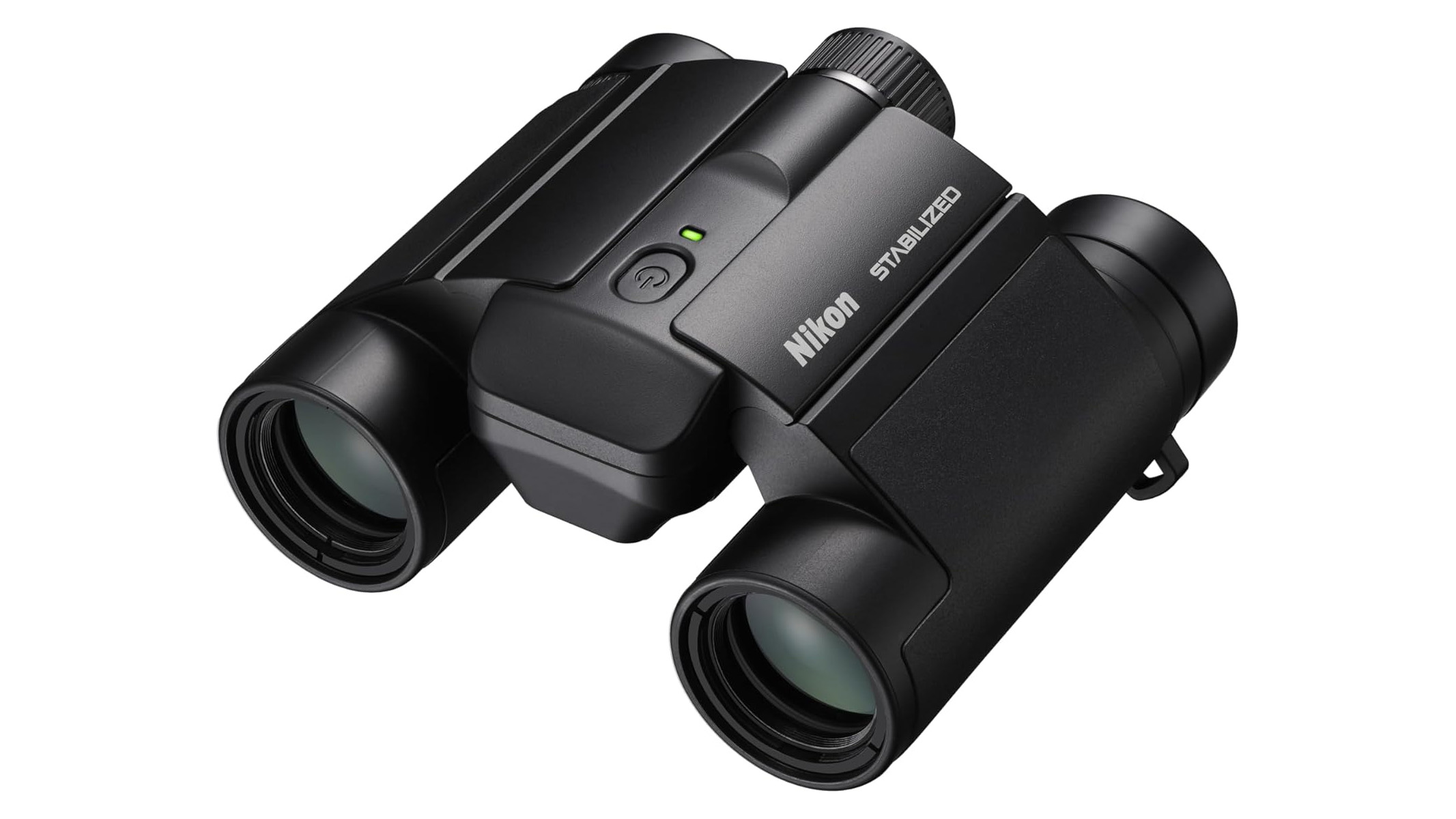
Nikon 12-25 S
Our expert review:
Specifications
Reasons to buy
Reasons to avoid
✅ You want them for wildlife or marine observation: For distant birdwatching or using them while on a boat, image stabilization is a handy feature.
✅ You want IS in a compact pair: Most image-stabilized binoculars are big and heavy — these are tiny.
❌ You're on a budget: They are expensive due to the image stabilization.
❌ You wear glasses: Their 12.3mm eye relief is likely too small for users who wear glasses — you'd have to take them off.
🔎 Nikon 12x25 S: High magnification (for a compact binocular) which is helped by the electronic image stabilization for sharp, detailed views in a pocket-friendly package. ★★★★
The Nikon 12x25 S stand out in the compact binocular market due to their electronic image stabilization, effectively reducing the hand shake that you often find with higher magnification, delivering a steady and clear viewing experience.
Weighing just 13.9 oz (395g) and measuring no more than 10cm on their longest edge, they are absolutely tiny and are fantastic for birdwatching and watching musicians or athletes from afar. Many of the best image-stabilized binoculars are big, heavy and bulbous, but the Nikon 12x25 S will easily fit into your pocket.
They're powered by two AA batteries, giving an approximate battery life of up to 12 hours — but don't worry, there's an auto-shut off feature that activates after 60 minutes of inactivity in order to preserve the battery life. A 10x25 variant is also available, but we'd recommend the 12x magnification pair in order to get the most out of the image stabilization.
If your budget can't quite stretch to these but you still want image stabilization, the Canon 10x20 IS are also fantastic and a little cheaper, but they are slightly bigger and heavier than the Nikon pair.
- Want shake-free views? Check out the best image-stabilized binoculars.
Attributes | Notes |
|---|---|
Design | Absolutely tiny. |
Performance | Ideal for birdwatching, traveling and hiking. |
Functionality | Image-stabilized for shake-free views. |
Best for stargazing
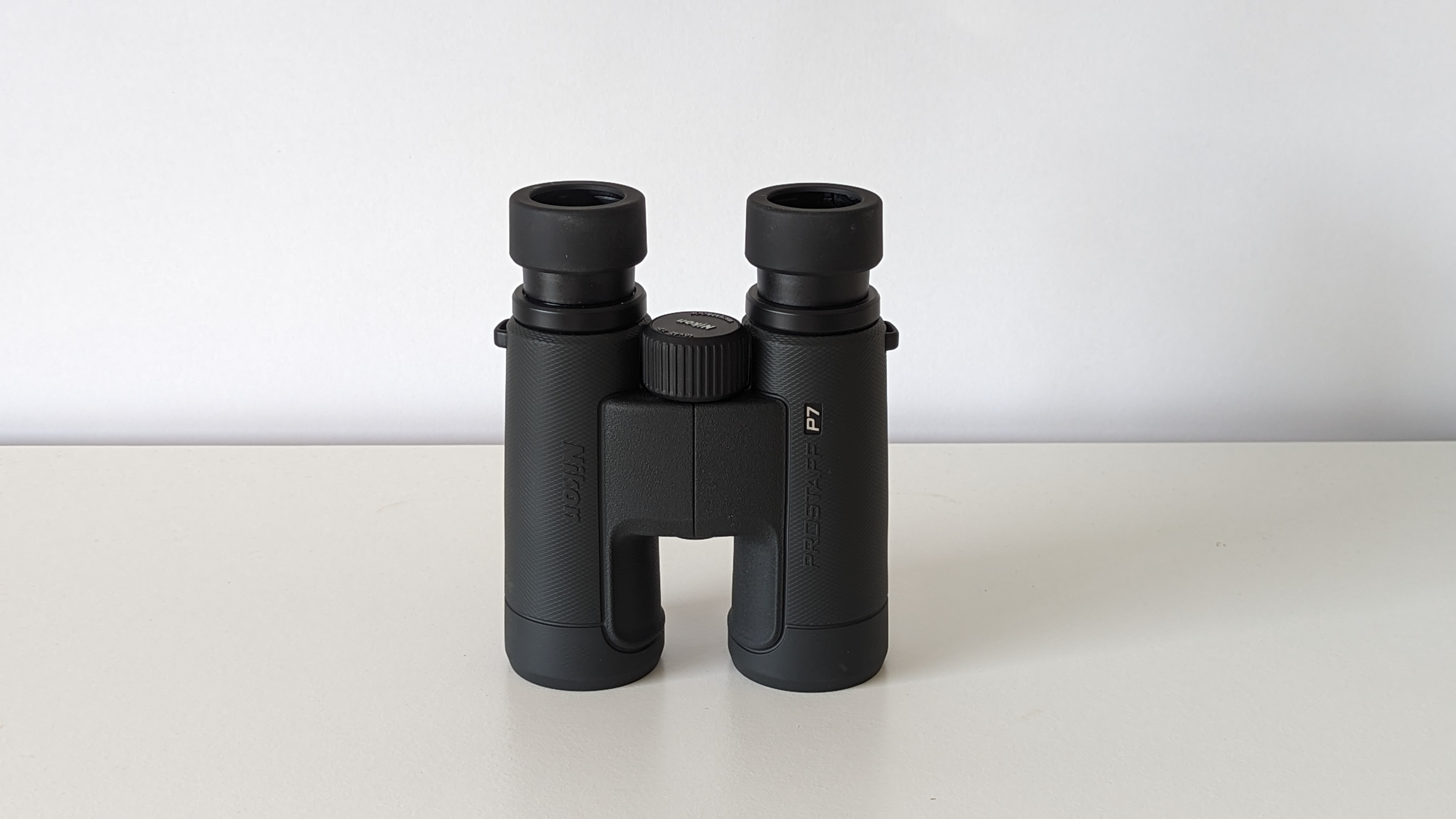
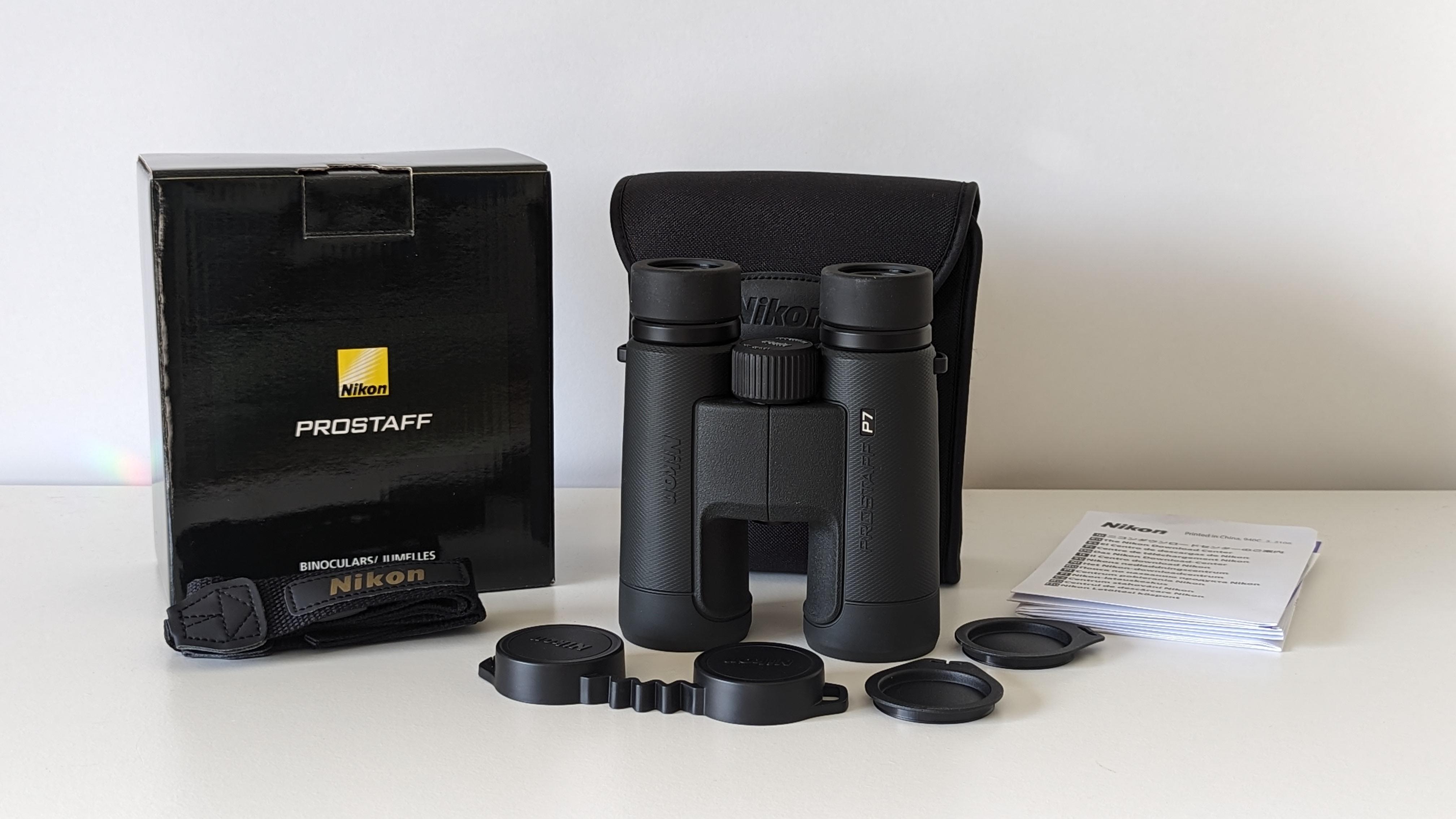
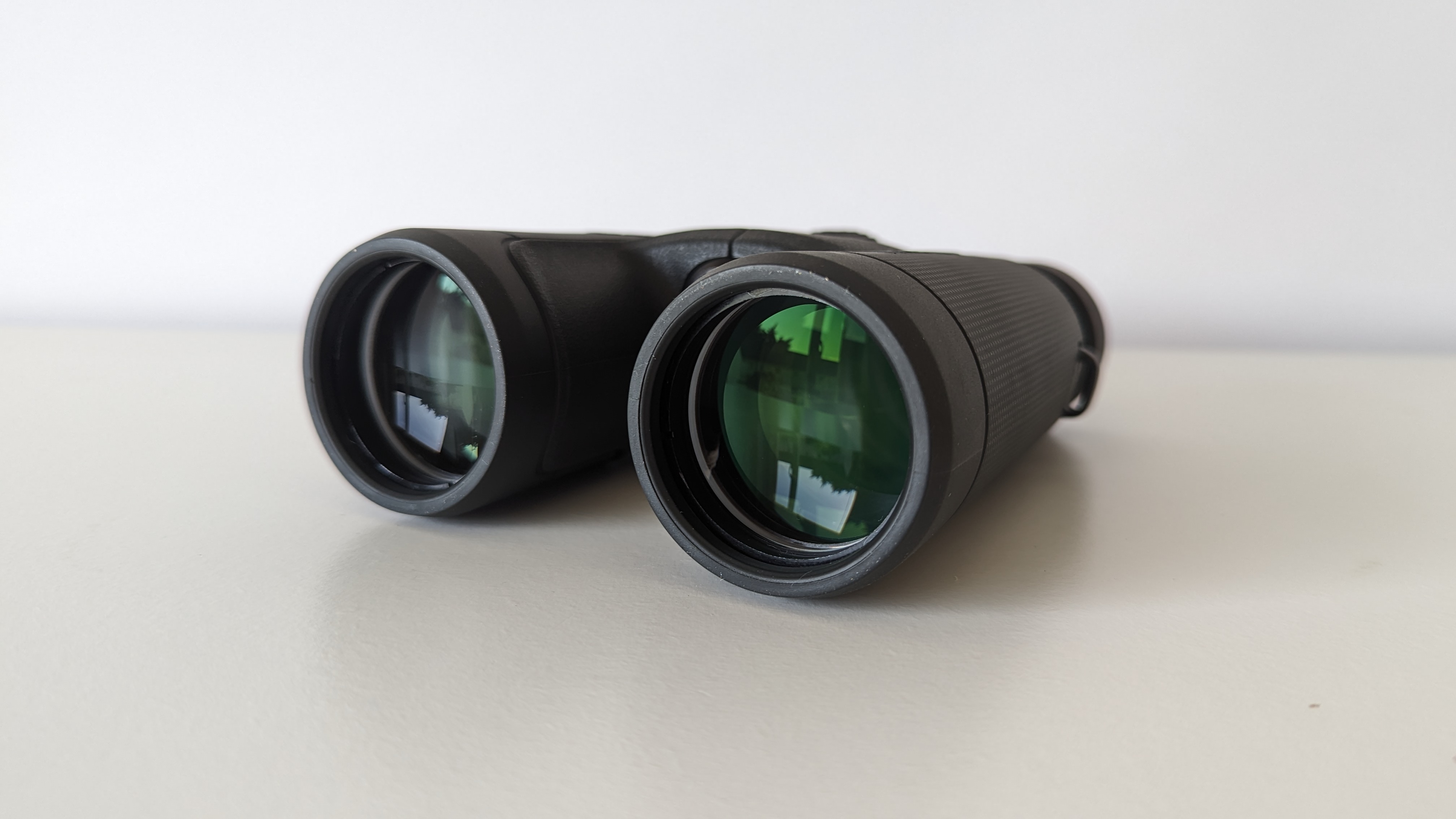
Specifications
Reasons to buy
Reasons to avoid
✅ You want to do handheld stargazing: They have good specs for basic astronomy.
✅ You want versatility: They are a fantastic all-rounder for multiple uses.
❌ You want to see deep-sky objects: You're unlikely to find a compact pair of binoculars that can view deep-sky objects.
❌ You want a super lightweight pair: They are one of the heaviest on this list.
🔎 Nikon Prostaff P7 10x42: If you want a pair of compact binoculars for stargazing, these are a good combination of specs and portability. ★★★★½
Compact binoculars and the best binoculars for stargazing are somewhat opposites. The objective lenses need to be bigger in order to let all the light in when it's dark, and a higher magnification means more detailed views of distant objects. Both of these factors often result in a bigger, heavier pair of binoculars that are by no means considered "compact".
Typically, a 10x42 pair would be the minimum we would recommend for stargazing, so the Nikon Prostaff P7 10x42 likely won't be able to view deep-sky objects, but for impressive lunar views and sweeping views of the night sky, they're great. As far as stargazing binoculars go, the P7s are one of the most compact pairs you can get that will still have the magnification and objective diameter needed.
During our full Nikon Prostaff P7 10x42 review, we thought that the optics were fantastic, especially considering they don't have any of the special glass elements that higher-end binoculars have. We also loved the locking diopter wheel which prevents accidental defocusing while in use, and they are fully waterproof and nitrogen-purged to prevent fogging when moving between cold and warm environments.
- Read our full Nikon Prostaff P7 10x42 review
Attributes | Notes |
|---|---|
Design | Locking diopter wheel prevents accidental defocusing. |
Performance | Optically fantastic. |
Functionality | Waterproof and fogproof. |
Best for kids
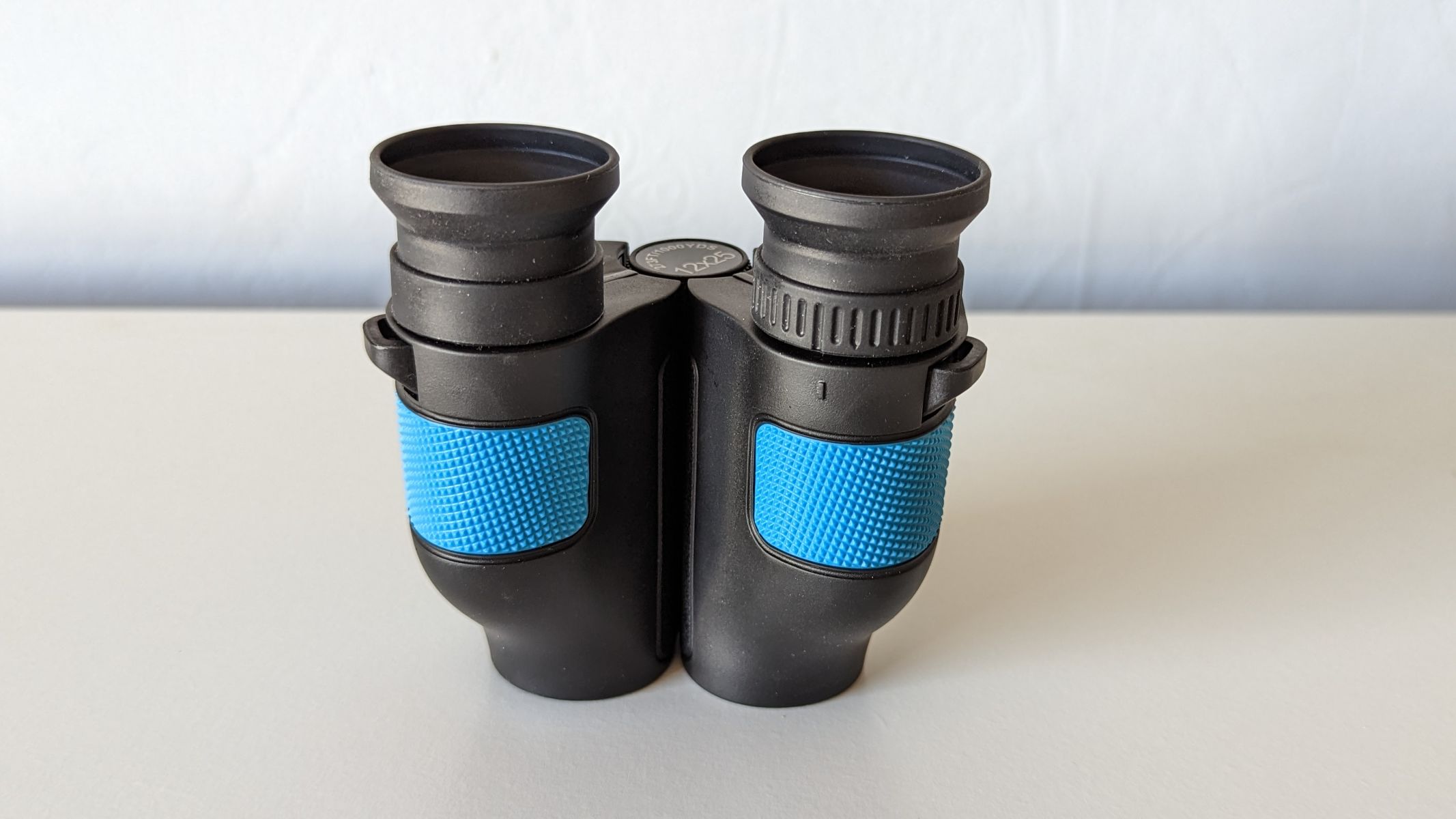
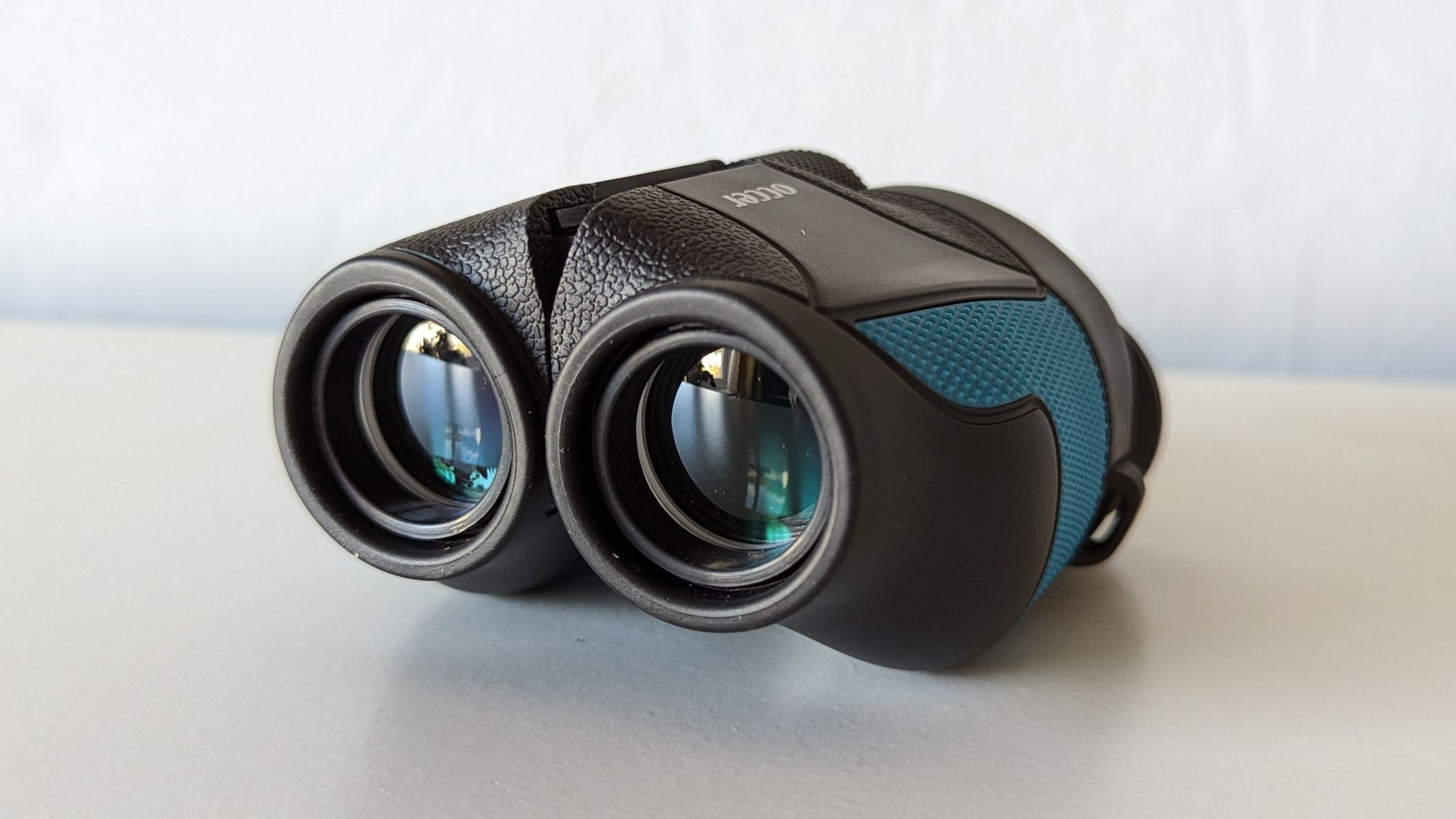
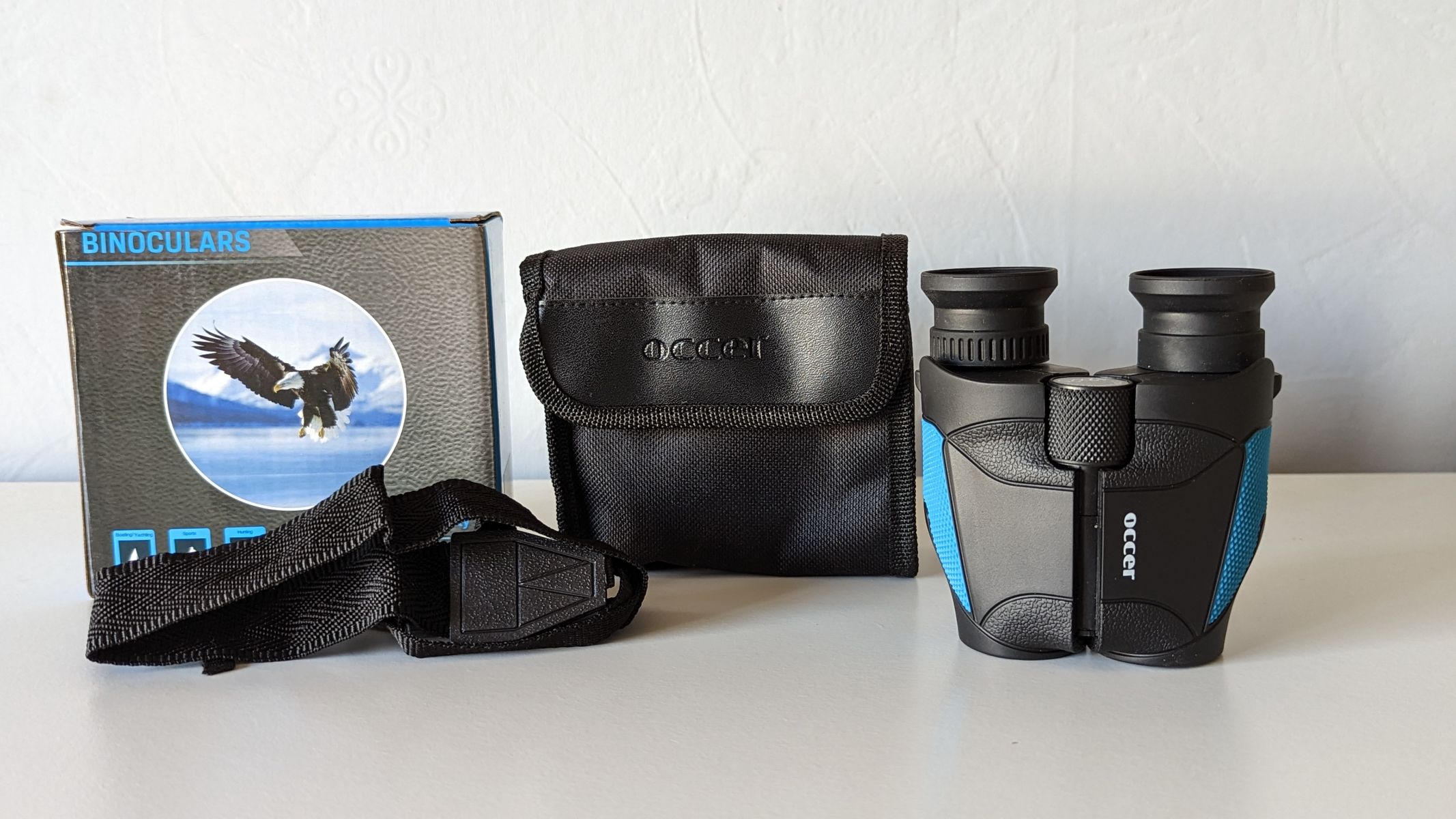
Specifications
Reasons to buy
Reasons to avoid
✅ You just want a cheap pair: They're usually around $30.
✅ You want a pair the whole family can use: They're suitable for adults and older kids.
❌ You want to use them in low light: The objective lenses are too small.
❌ You want excellent optical performance: They're fine for the price, but better optics will cost more.
🔎 Occer 12x25: A small, inexpensive pair of fuss-free binoculars the whole family can get use out of. The optics aren't the best, but for the price, we can't complain. ★★★★
The best binoculars for kids aren't always just a cheap toy: Some of them actually have pretty decent optics that the whole family can use. If you're looking for an inexpensive and durable pair of binoculars for your child, the Occer 12x25 are a great option as they typically only cost around $30.
During our full Occer 12x25 review, we thought that although they aren't suitable for low-light observation, and the optics weren't the best we've ever used, the views were sharp and pretty bright, though we did struggle to nail the focus at times. The interpupillary distance is also somewhat restrictive, so small kids or anyone with narrow-set eyes may struggle to get a perfect view without vignetting.
We also noticed some chromatic aberration, but that's not unexpected for the low price. To eliminate that completely, we're talking big bucks.
We thought they felt legitimately sturdy in the hand, and there's nothing fragile that can be broken off or damaged if kids were to handle them roughly. They're ideal for spotting birds in the back garden or taking on camping trips.
- Read our full Occer 12x25 review
Attributes | Notes |
|---|---|
Design | Rugged, although interpupillary distance is restrictive. |
Performance | Good optics for the price. |
Functionality | Some chromatic aberration. |
Best midrange
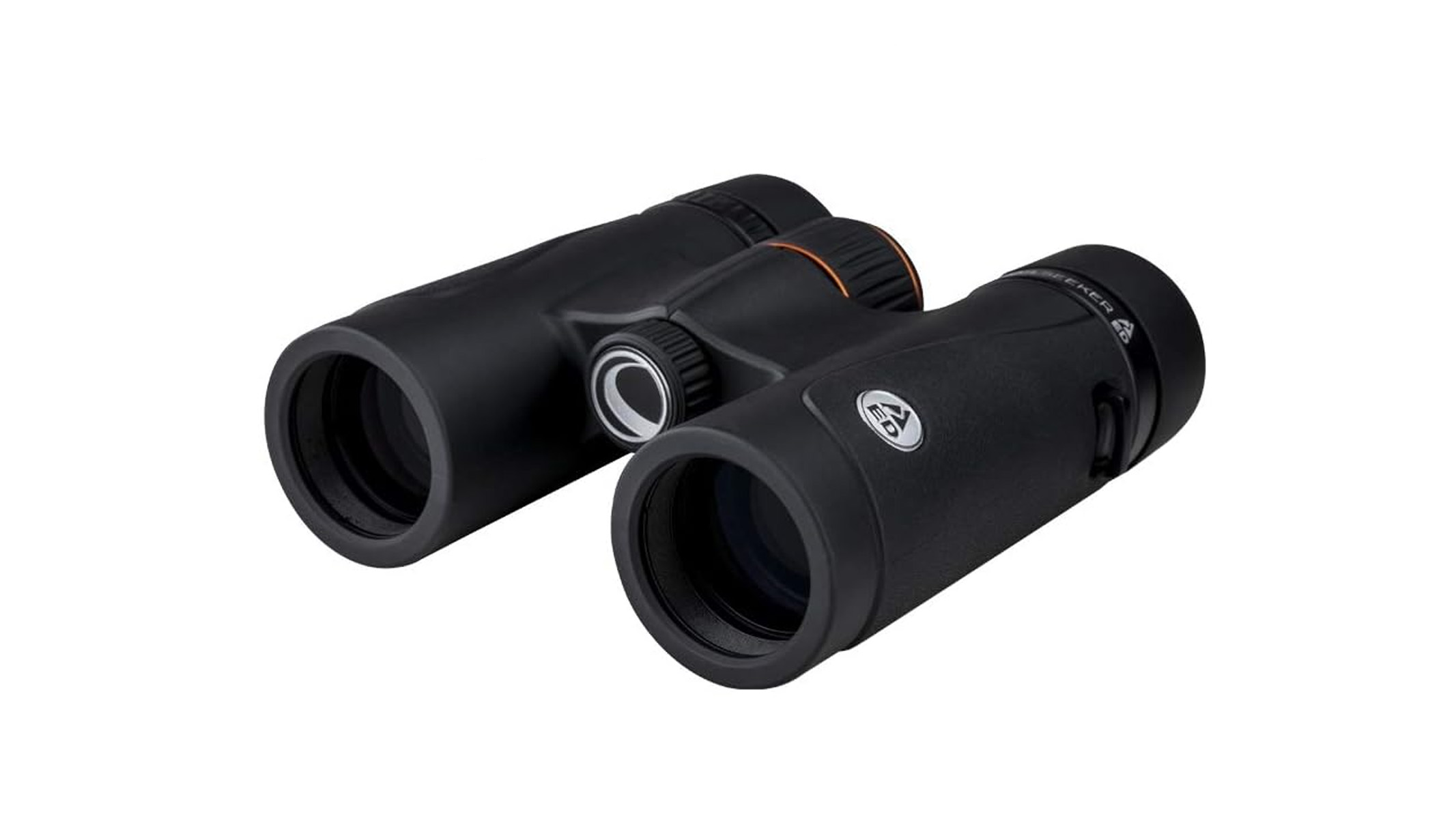
Celestron TrailSeeker 8x32 ED
Our expert review:
Specifications
Reasons to buy
Reasons to avoid
✅ You want better optics: The ED glass reduces color fringing.
✅ You're a keen birdwatcher: They're a great midrange pair for twitchers.
❌ You're on a budget: While they're good value, there are cheaper options in this list.
❌ You want larger objectives: There's also an 8x42 variant available, but that will increase the size and weight.
🔎 Celestron TrailSeeker 8x32 ED: A fantastic pair of binoculars with ED glass for users looking to upgrade from their beginner pair. ★★★★
The Celestron TrailSeeker 8x32 ED are a very compelling option for outdoor enthusiasts looking for a pair of binoculars that offer portability without compromising on optical performance. They're designed to deliver bright, clear images in a compact form factor, making them ideal for birdwatching and taking on hikes.
The addition of the Extra Dispersion (ED) glass significantly reduces chromatic aberration, which appears as purple and green color fringing around highly contrasted areas, like trees against the sky. This results in a sharper image with increased clarity and color reproduction. Although we haven't reviewed this particular model, we have been continuously impressed with Celestron's optics.
Their impressive optics, combined with their waterproof and fogproof housing, make them some of the best binoculars for birdwatching when portability is a big factor. These features are typically found in higher-priced models, so we think that although they aren't necessarily that budget-friendly, they are fairly priced for what they can offer.
If you're looking for the next step up from your beginner pair of binoculars, they're a great option.
Attributes | Notes |
|---|---|
Design | Waterproof and fogproof. |
Performance | ED glass reduces chromatic aberration. |
Functionality | Tripod adaptable for longer sessions. |
Best premium
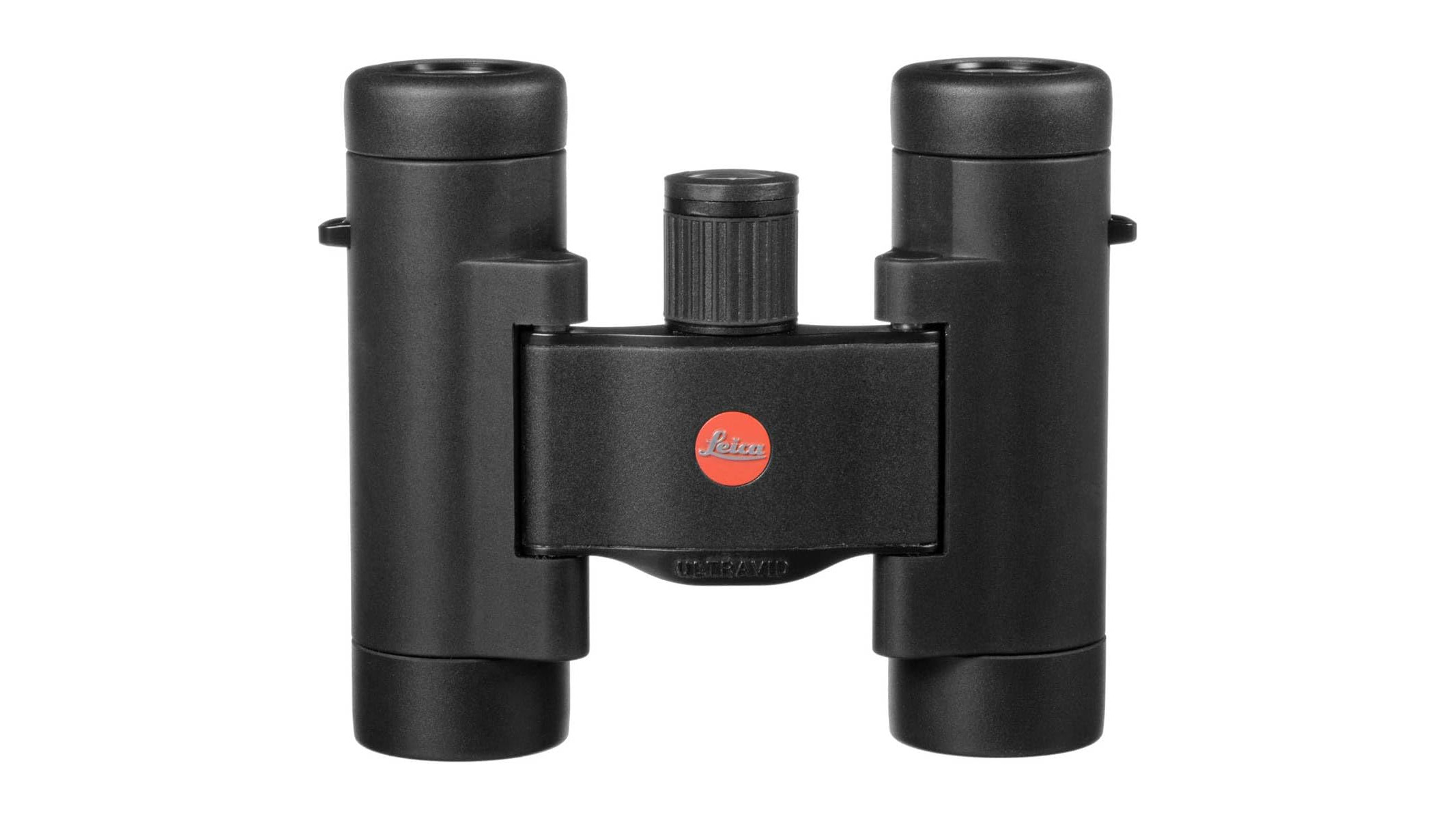
Leica Ultravid BR 8x20
Our expert review:
Specifications
Reasons to buy
Reasons to avoid
✅ You want something ultra lightweight: They are the lightest option in this list.
✅ You're ready to splurge: If you've outgrown your beginner pair and are ready to invest, you could do much worse.
❌ You're on a budget: They're very expensive, so only buy them if you'll get plenty of use out of them.
❌ You enjoy astronomy: The objectives are too small to use in low light.
🔎 Leica Ultravid 8x20 BR: Hugely impressive optics in an ultra lightweight package — if you're after a premium pair of binoculars, these are a must. ★★★★½
All the Leica optics we've tested are a testament to their precision engineering and optical excellence, with binoculars that offer premium viewing in a compact form factor. But the Leica Ultravid 8x20 BR go a step further with their ultralight form at just 8.5 oz (240 g) — that makes them the most lightweight pair in this list.
Despite their small size, they deliver outstanding optical performance with sharp and vibrant images with excellent clarity and color reproduction. Users have reported minimal chromatic aberration — something we also noticed in our review of the larger Leica Ultravid 8x50 HD Plus model.
The 8x20 specs are ideal for keen wildlife observers who don't want to compromise on quality, but the 20mm objectives will be too small if you want to observe anything in low light, so they are best suited to daytime use.
While they come with an undeniably high price tag for such a small pair of binoculars, we think the investment is justified by the exceptional optics, durable construction and Leica's stellar reputation. If you're looking for high performance that will last a long time, they're definitely worthy of consideration.
Attributes | Notes |
|---|---|
Design | Ultralight construction. |
Performance | Exceptional Leica optics with minimal chromatic aberration. |
Functionality | Waterproof and fogproof. |
Best compact binoculars: comparison
Name | Magnification | Objective lens diameter | Eye relief | Weatherproof | Dimensions | Weight |
Olympus 8x25 WP II | 8x | 25mm | 15mm | Waterproof and fogproof | 4.49 x 4.53 x 1.77-inches (11.5 x 11.4 x 4.5 cm) | 0.63 lbs (285 g) |
Nikon 12x25 S | 12x | 25mm | 12.3mm | Not stated | 3.9 x 3.5 x 2.6-inches (10 x 8.9 x 6.5 cm) | 13.9 oz (395 g) |
Nikon Prostaff P7 10x24 | 10x | 42mm | 15.7mm | Waterproof & fogproof | 5.9 x 5.1-inches (15 x 13 cm) | 21.2 oz (601 g) |
Occer 12x25 | 12x | 25mm | 15mm | Waterproof | 4 x 4 x 4.4-inches (10.1 x 10.1 x 11.1 cm) | 8.8oz (249 g) |
Celestron TrailSeeker 8x32 ED | 8x | 32mm | 15.6mm | Waterproof & fogproof | 4.8 x 4.8 x 1.9-inches (12.3 x 12.2 x 4.8 cm) | 17.6 oz (499 g) |
Leica Ultravid BR 8x20 | 8x | 20mm | 15mm | Waterproof & fogproof | 4.4 x 3.7 x 1.5-inches / 111 x 93 x 39 mm | 8.5 oz (240 g) |
Compact binoculars: Frequently Asked Questions
What’s a good magnification for compact binoculars?
Compact binoculars tend to have smaller magnification and objective lenses to keep the size and weight down. 8x or 10x magnification are popular, and compact binoculars don't tend to have objectives much bigger than 42mm.
Which is more compact: porro or roof prism?
Roof prisms are more compact, as the internal layout of porro prisms makes them much bulkier.
What’s the best compact binocular for stargazing?
Stargazing and compact binoculars don't tend to overlap, but we named the Nikon Prostaff P7 10x42 as the best compact binoculars for basic stargazing.
What’s the best compact binocular for birdwatching?
Any of the binoculars in this list will be great for birdwatching, but the improved glass in the Celestron TrailSeeker 8x32 ED or the Leica Ultravid 8x20 BR will give that extra edge.
Which is better, 8x21 or 10x25 binoculars?
8x21 binoculars will be more compact and give a wider field of view, but 10x25 will have a bit of extra reach and let a little more light in.
Are compact binoculars good for kids?
Compact binoculars are great for kids as they might struggle to hold a larger pair steady enough. Many of the best binoculars for kids also have decent optics.
What are the best image-stabilized compact binoculars?
The Nikon 12x25 S are absolutely tiny and have image stabilization, as do the Canon 10x20 IS. These hold an advantage over most of the best image-stabilized binoculars as they are typically quite big and heavy.
How we test compact binoculars

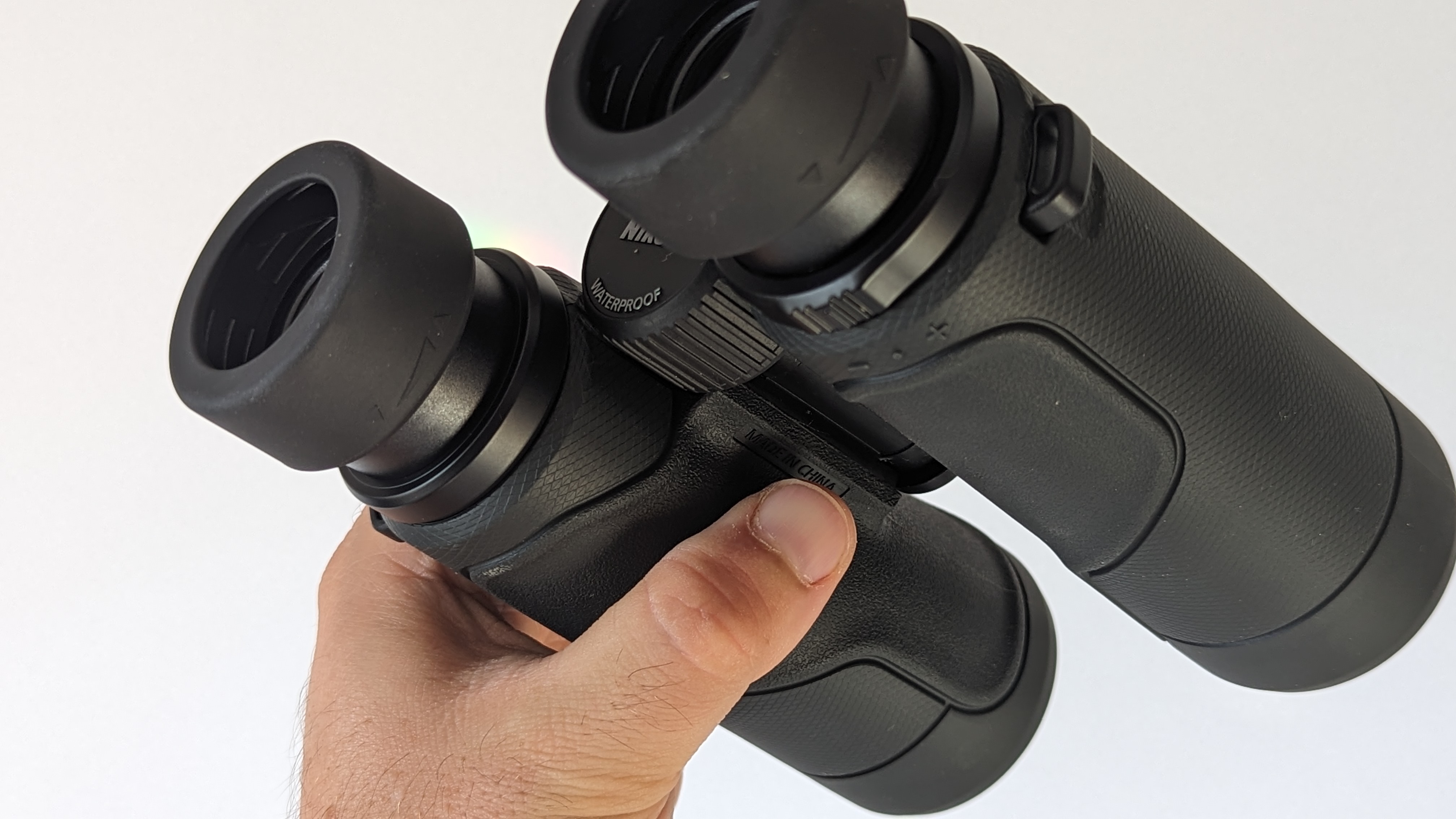
To test the best compact binoculars, we prioritize their comfort and portability when using them out in the field for both long and short periods to assess how easy they are to use, their optical performance and overall user experience.
As compact binoculars are much smaller than many of the best binoculars, we take note of how they compare in terms of interpupilarry distance, eye relief, how comfortable they are both to hold in the hand and carry around the neck, and the quality of any accessories they come with. Just because these optics are a lot smaller, doesn't mean they can get away with having less impressive optics.
We consider their intended use and our expert reviewes test them in real-world situations — as these compact binoculars are ideal for traveling, hiking and wildlife observation, we make sure to use them for such activities. There would be no use using a pair of 8x20s for stargazing and then reporting that they weren't very good, as that's not what they were designed for.
Sign up for the Live Science daily newsletter now
Get the world’s most fascinating discoveries delivered straight to your inbox.
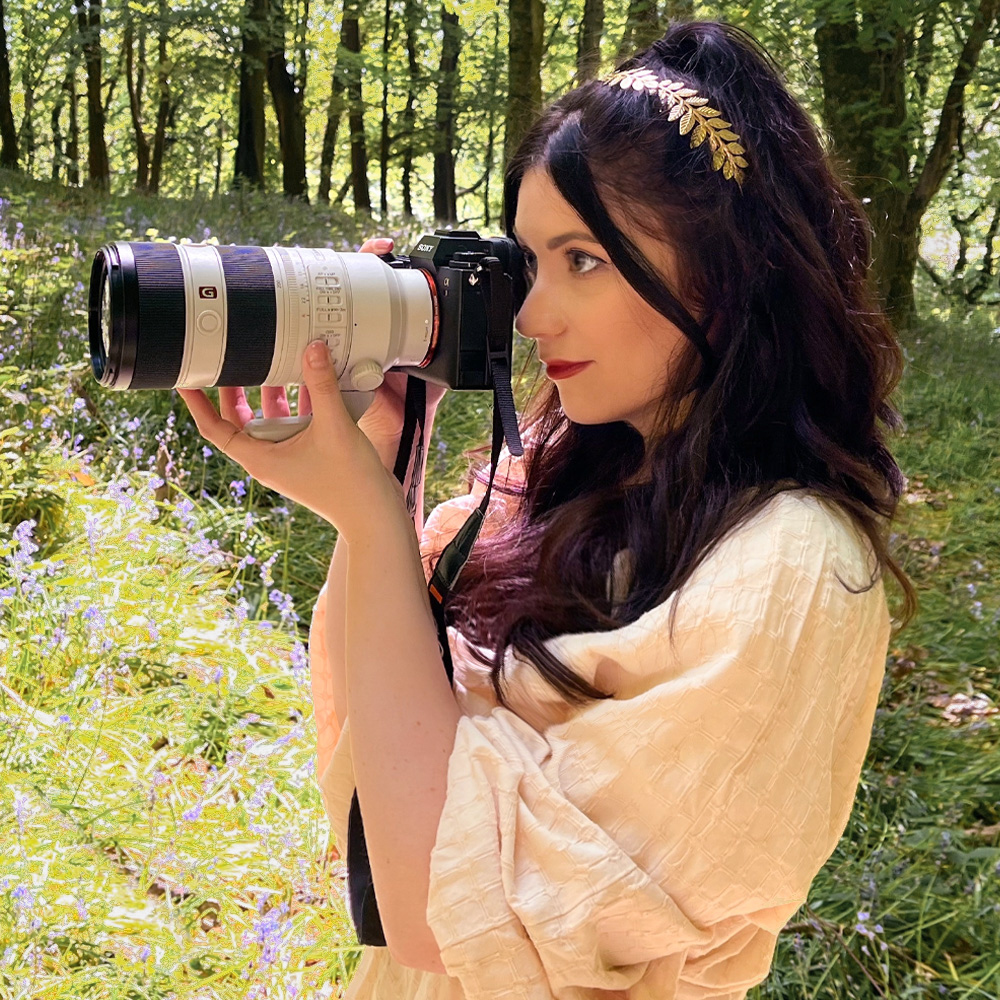
Kimberley Lane, E-commerce writer for Live Science, has tested a wide range of optics equipment reviewing cameras, lenses and tripods, and getting hands-on observations with binoculars and more. Also a landscape & seascape photographer living in South Wales, she aims to portray a feeling of calm and peaceful moments through her images. Her work has also been featured in a number of national photography magazines and she regularly contributes to our sister site Space.com.
